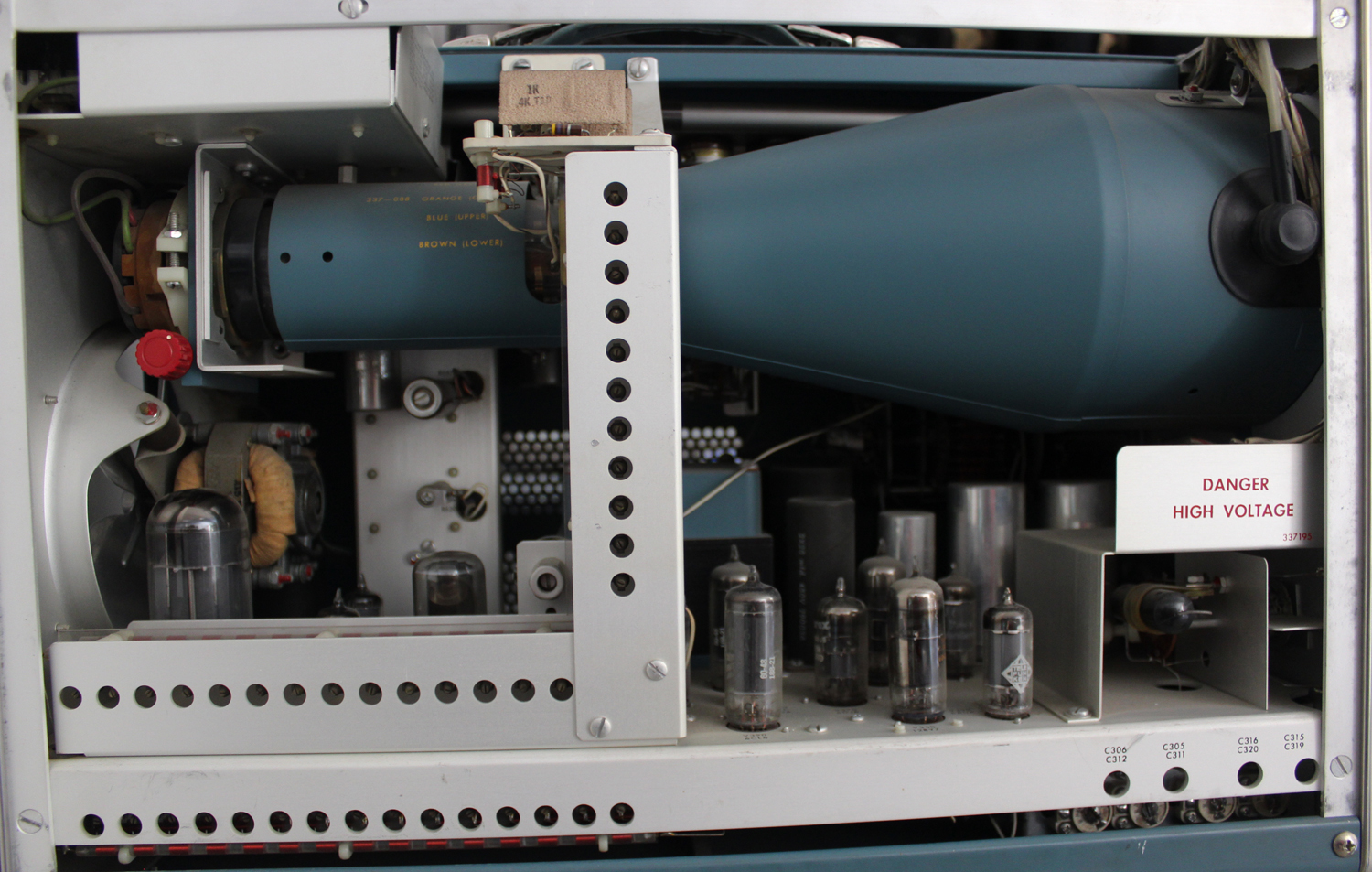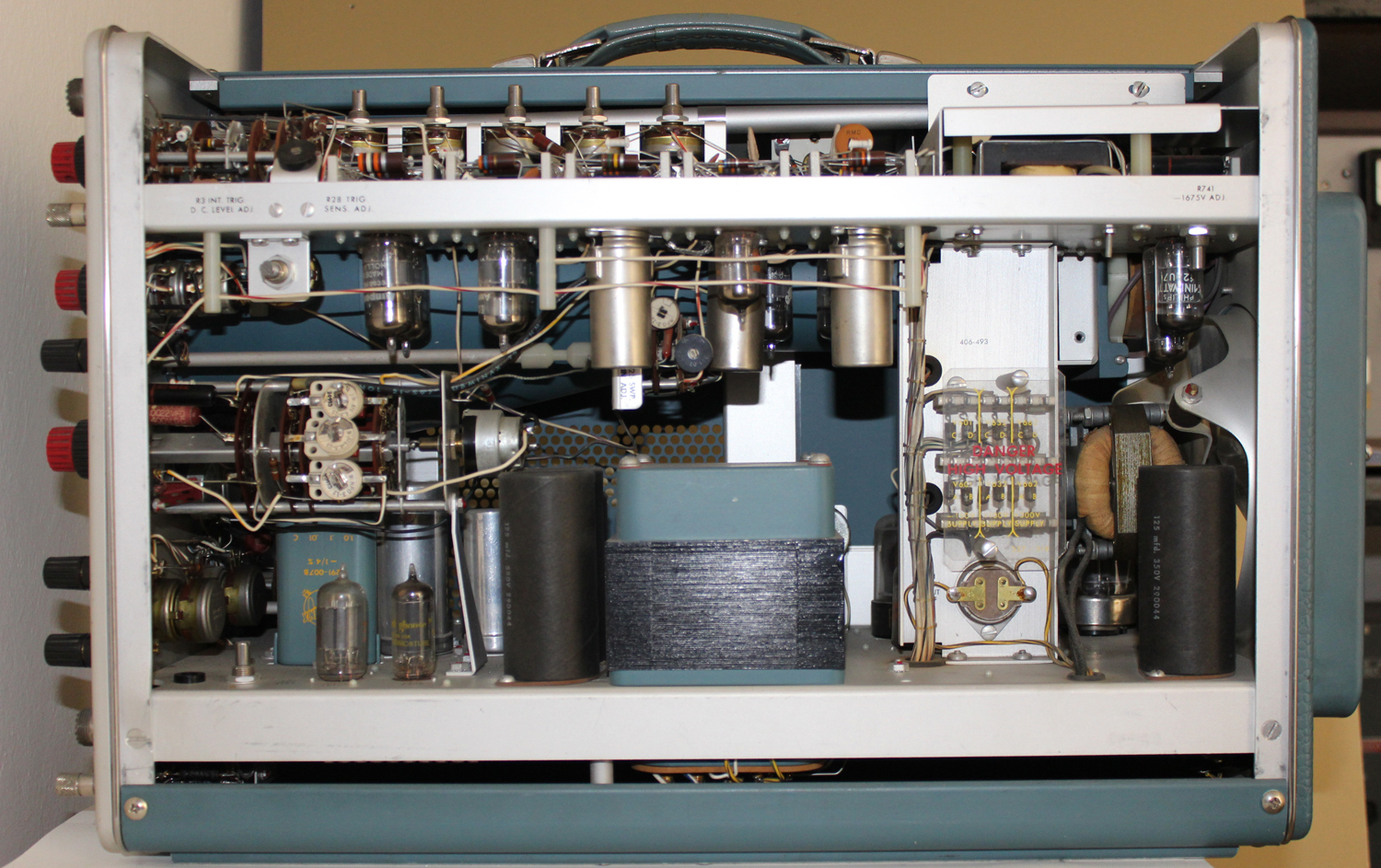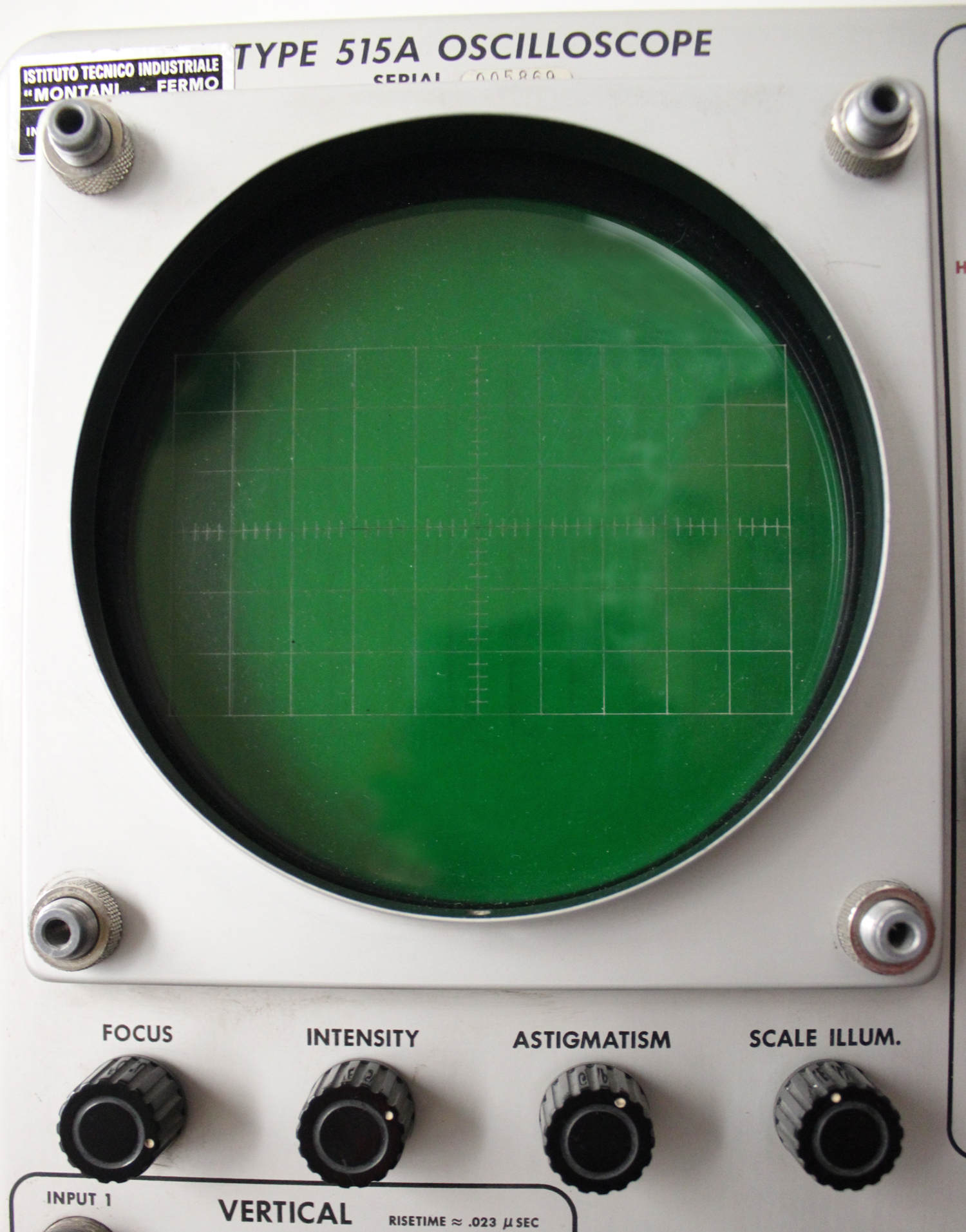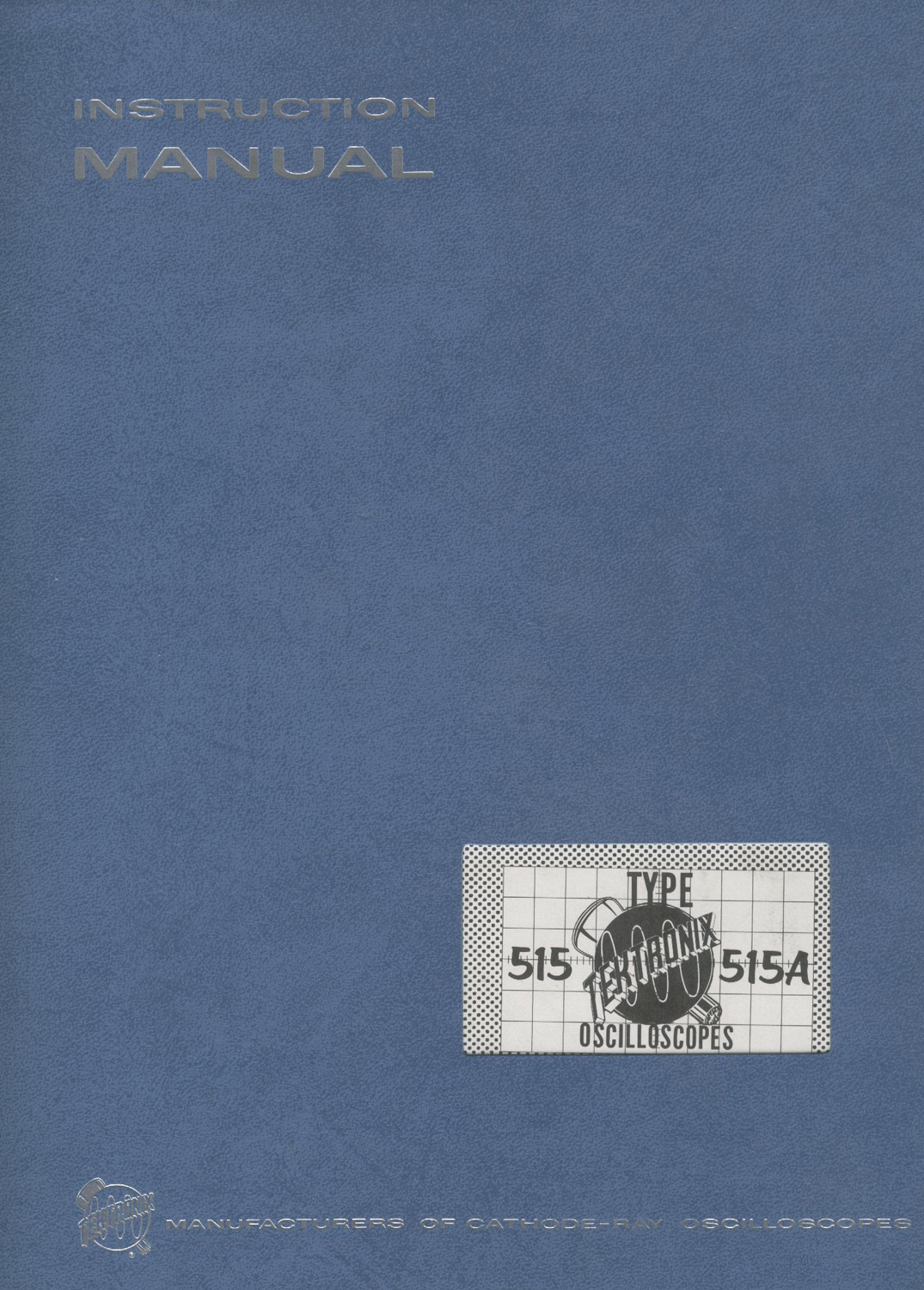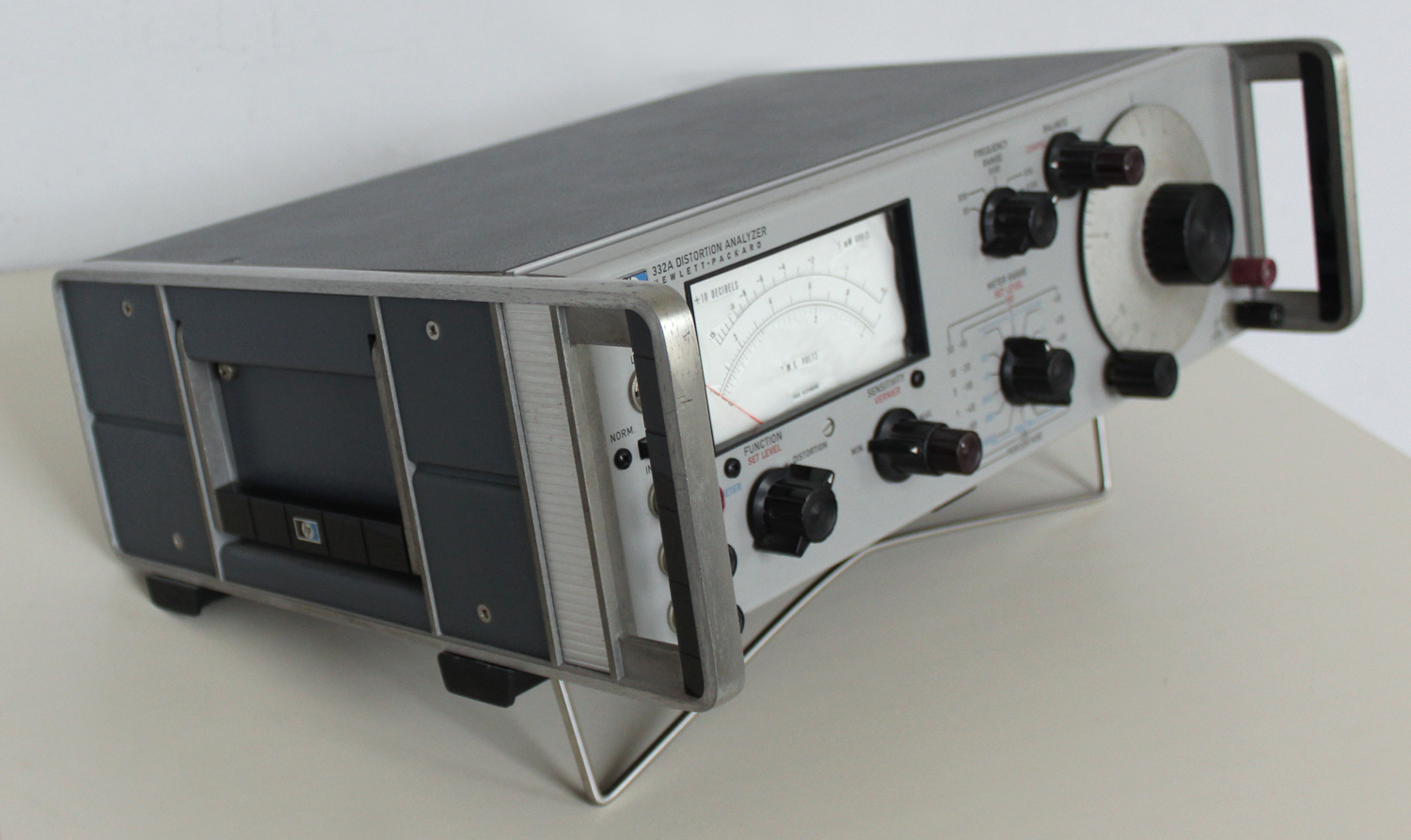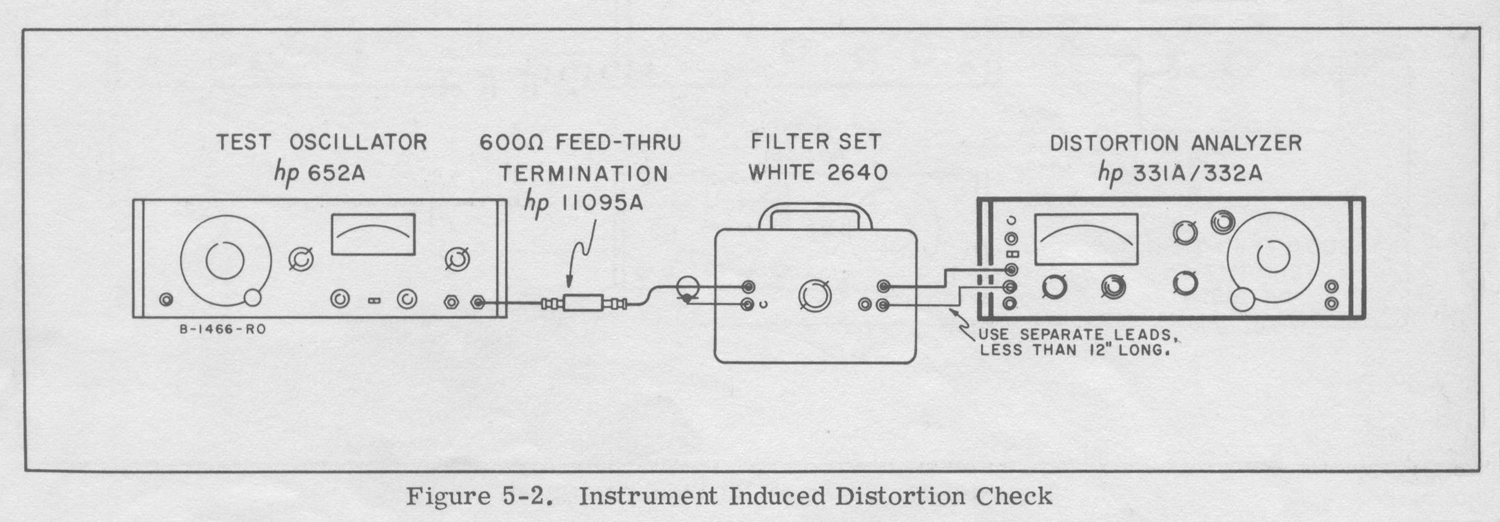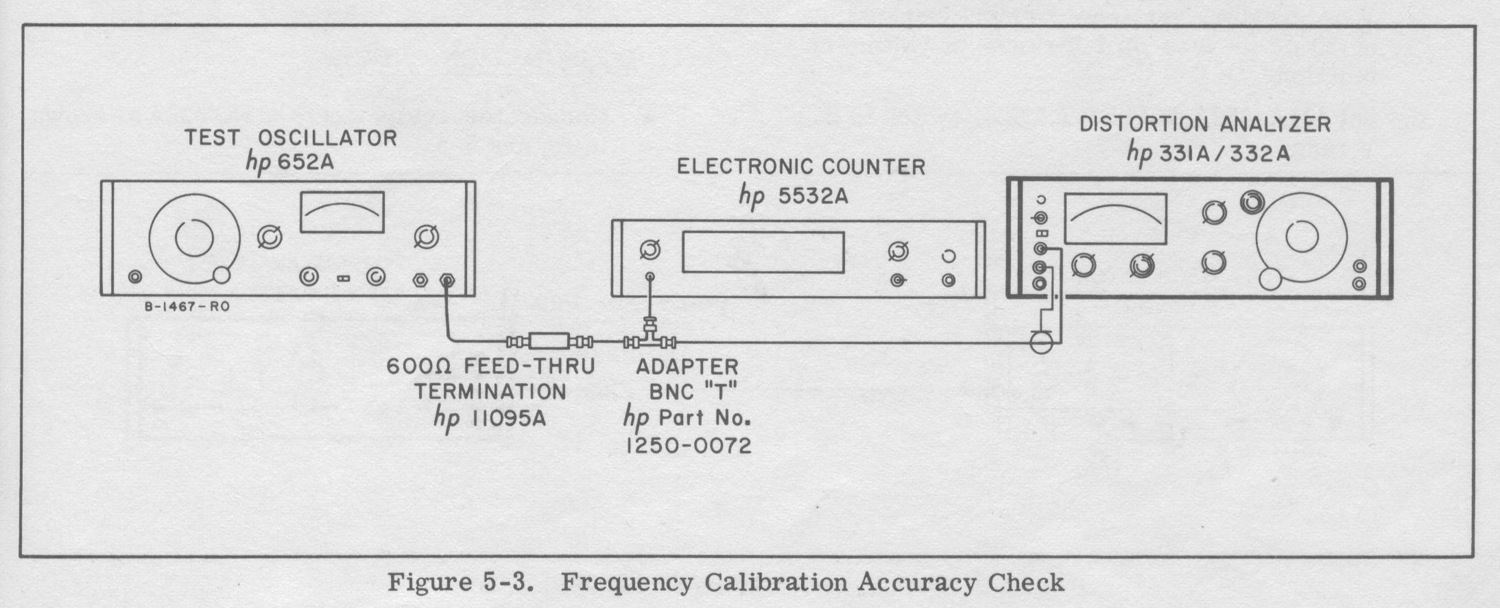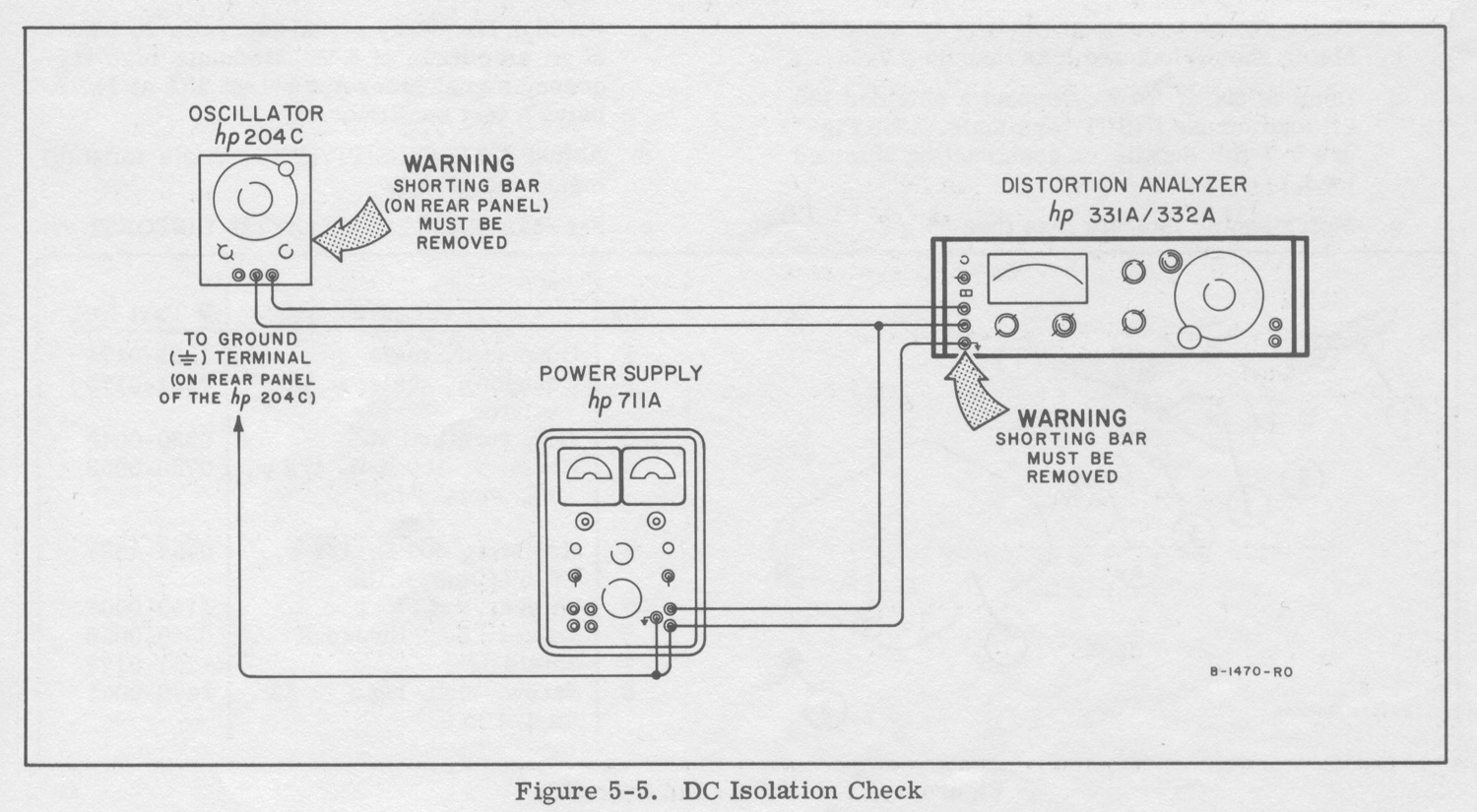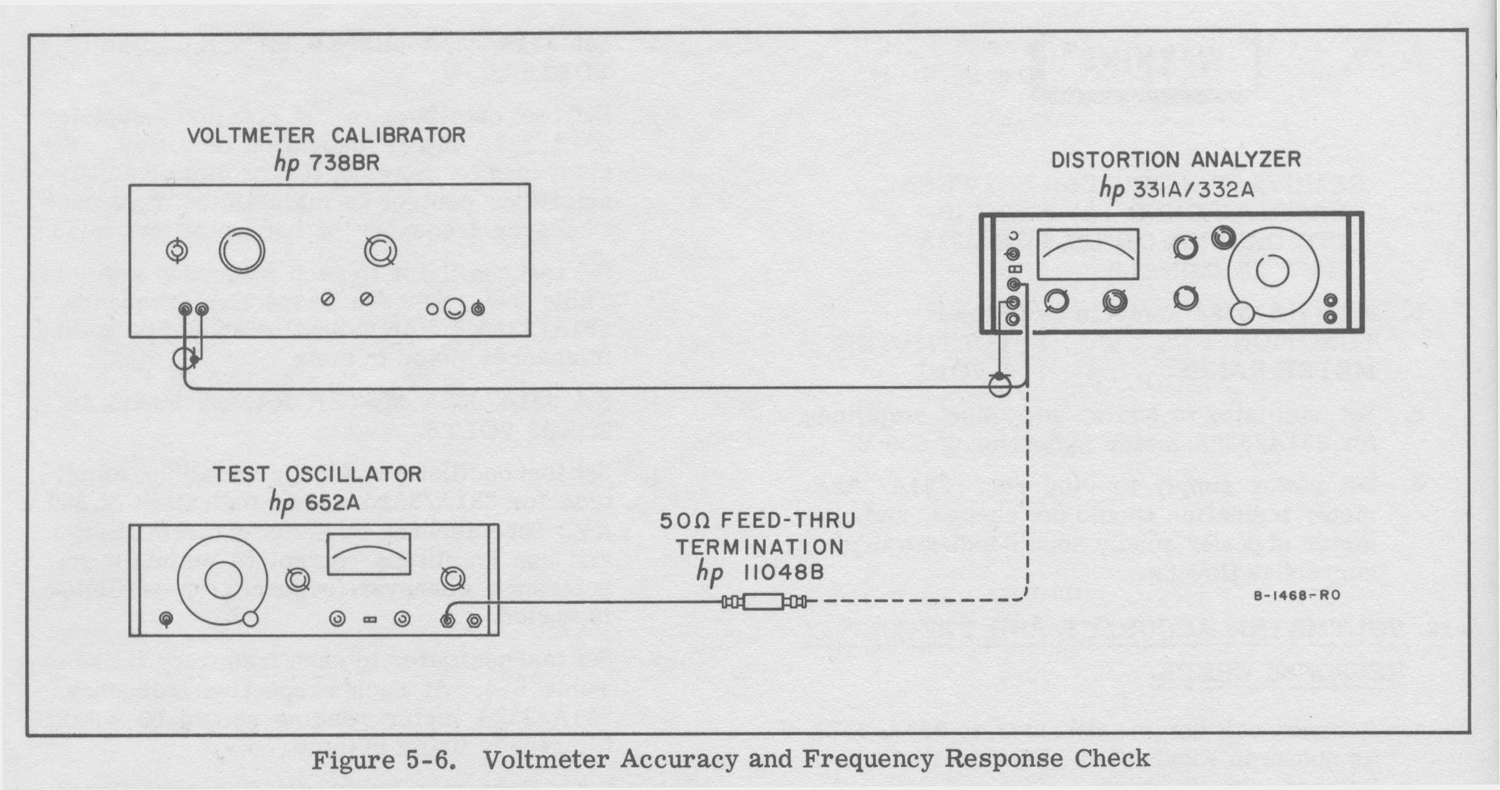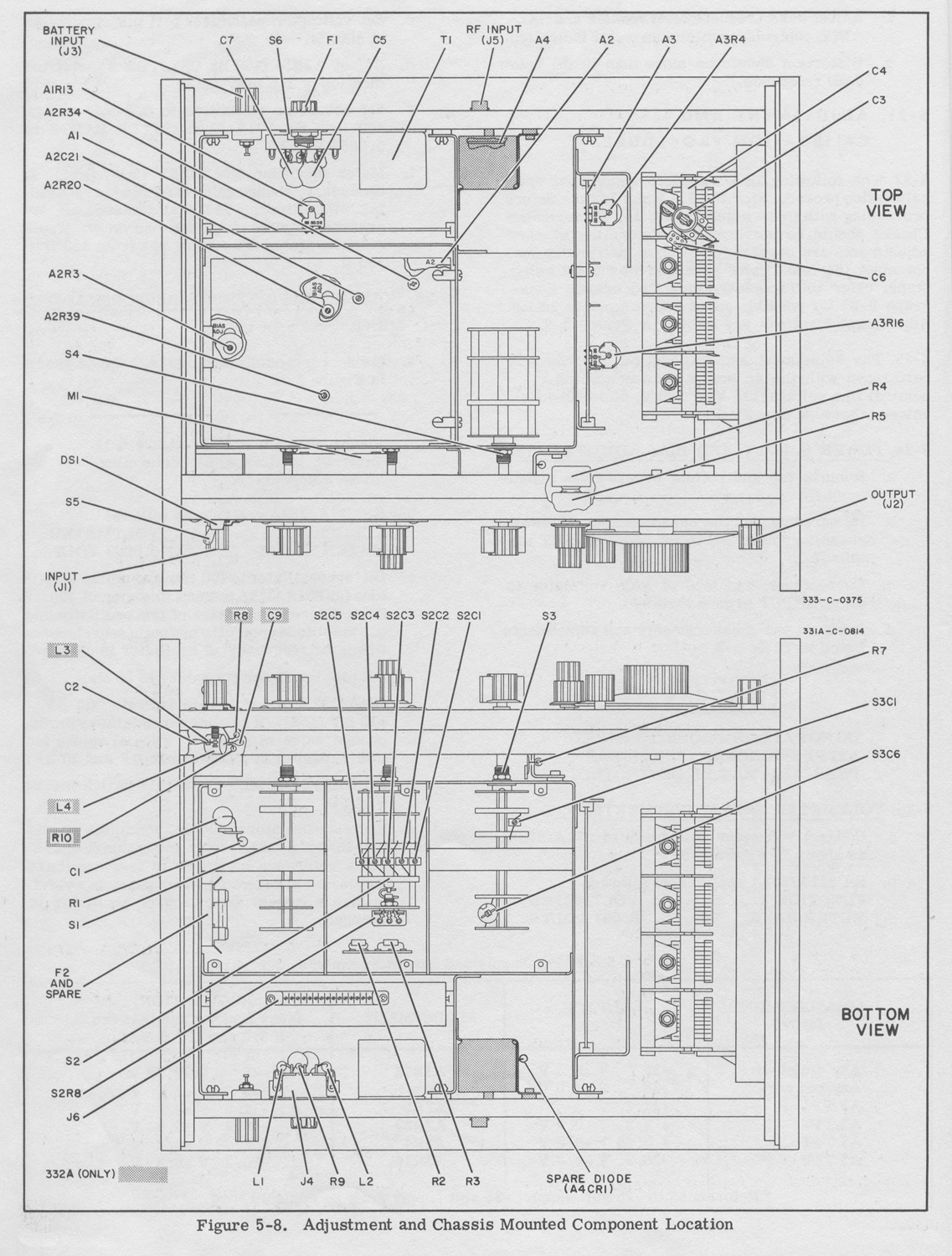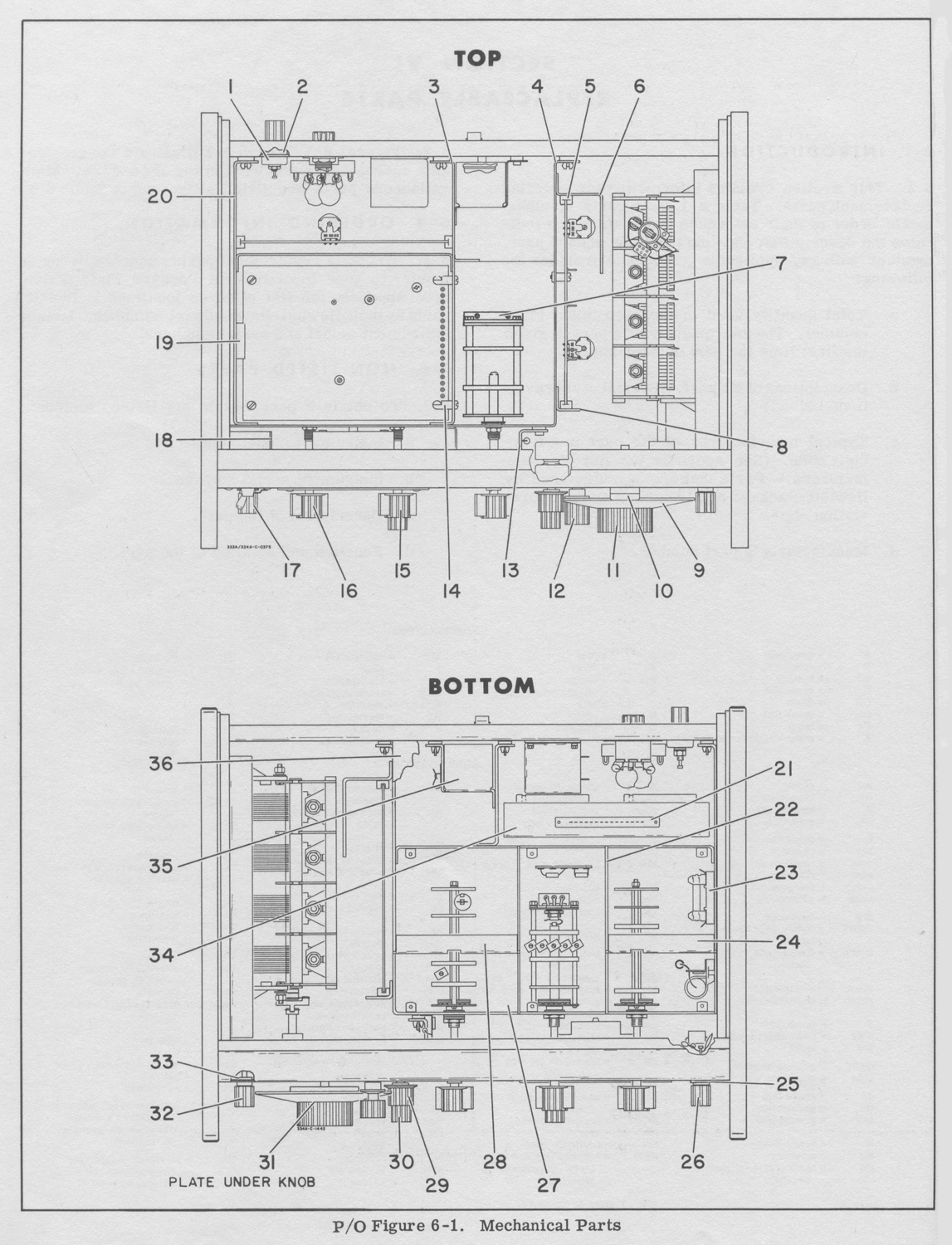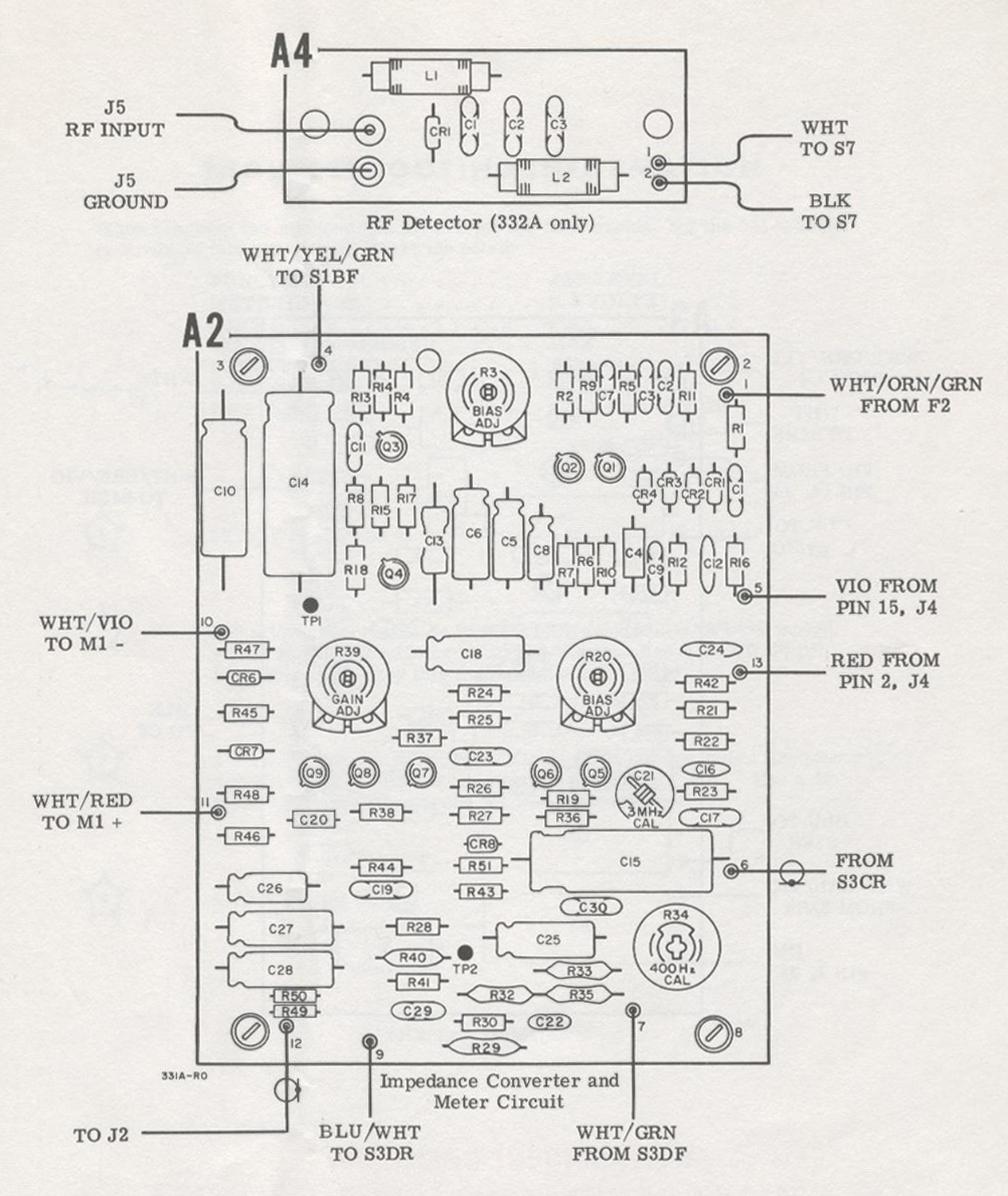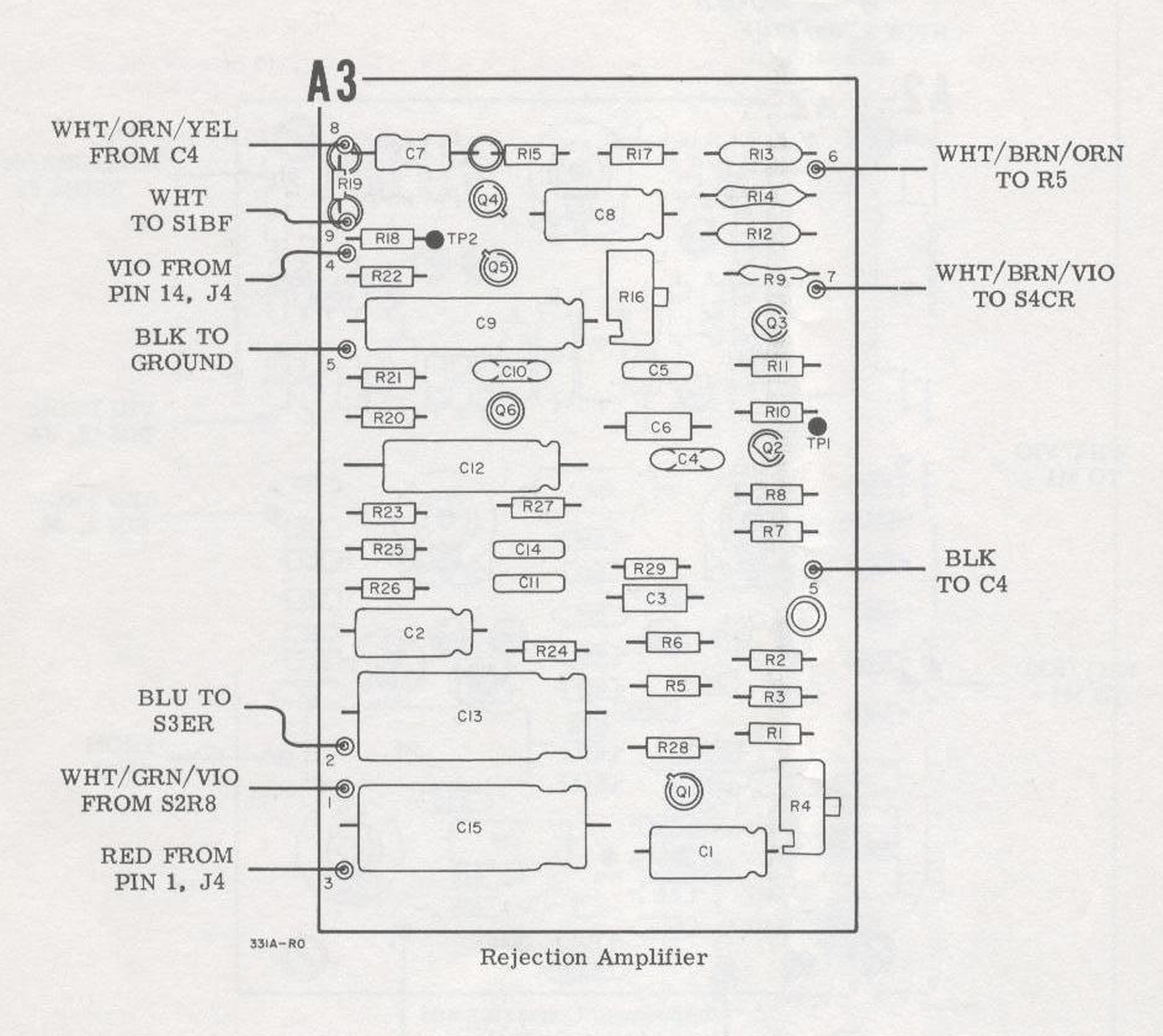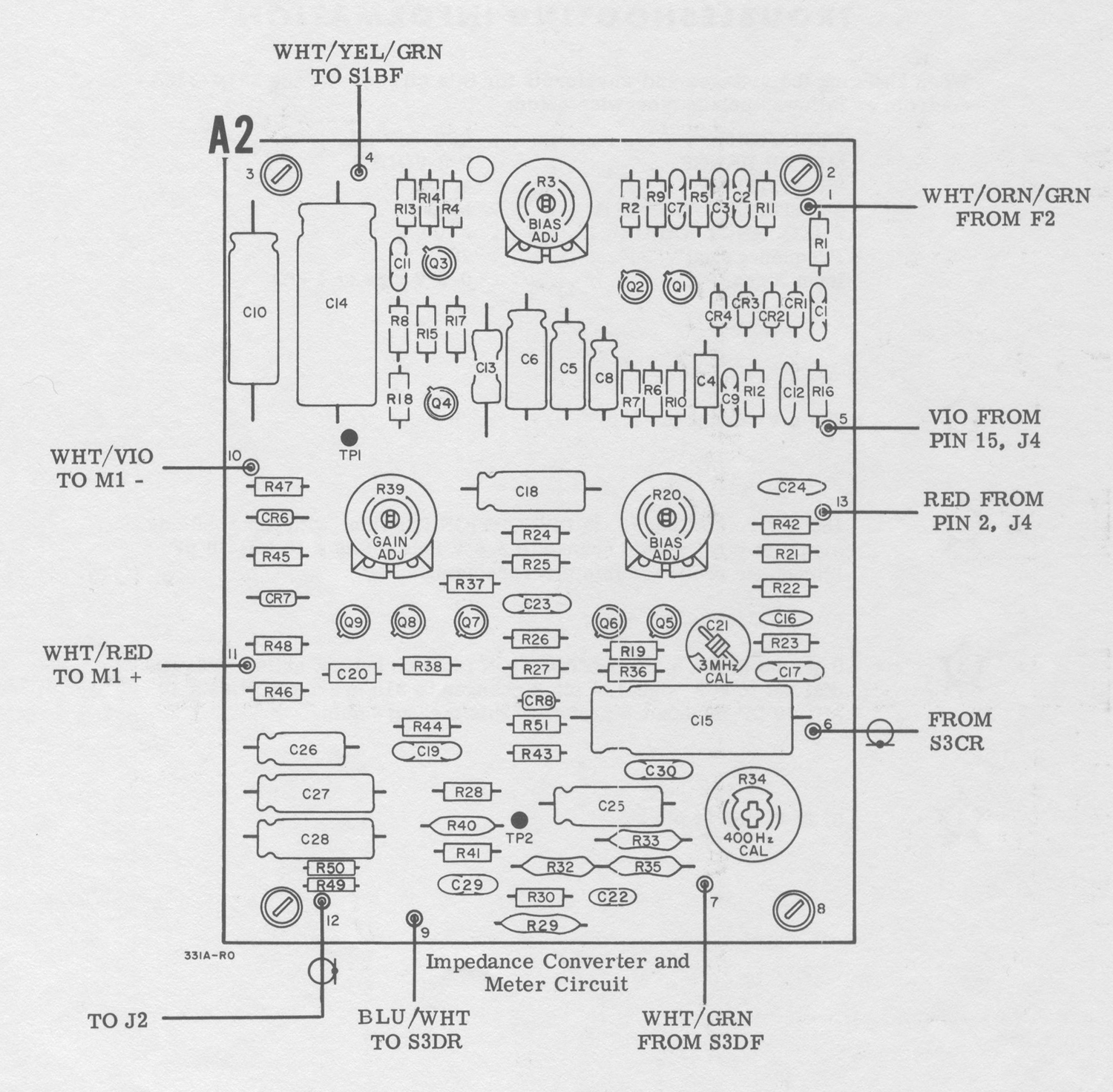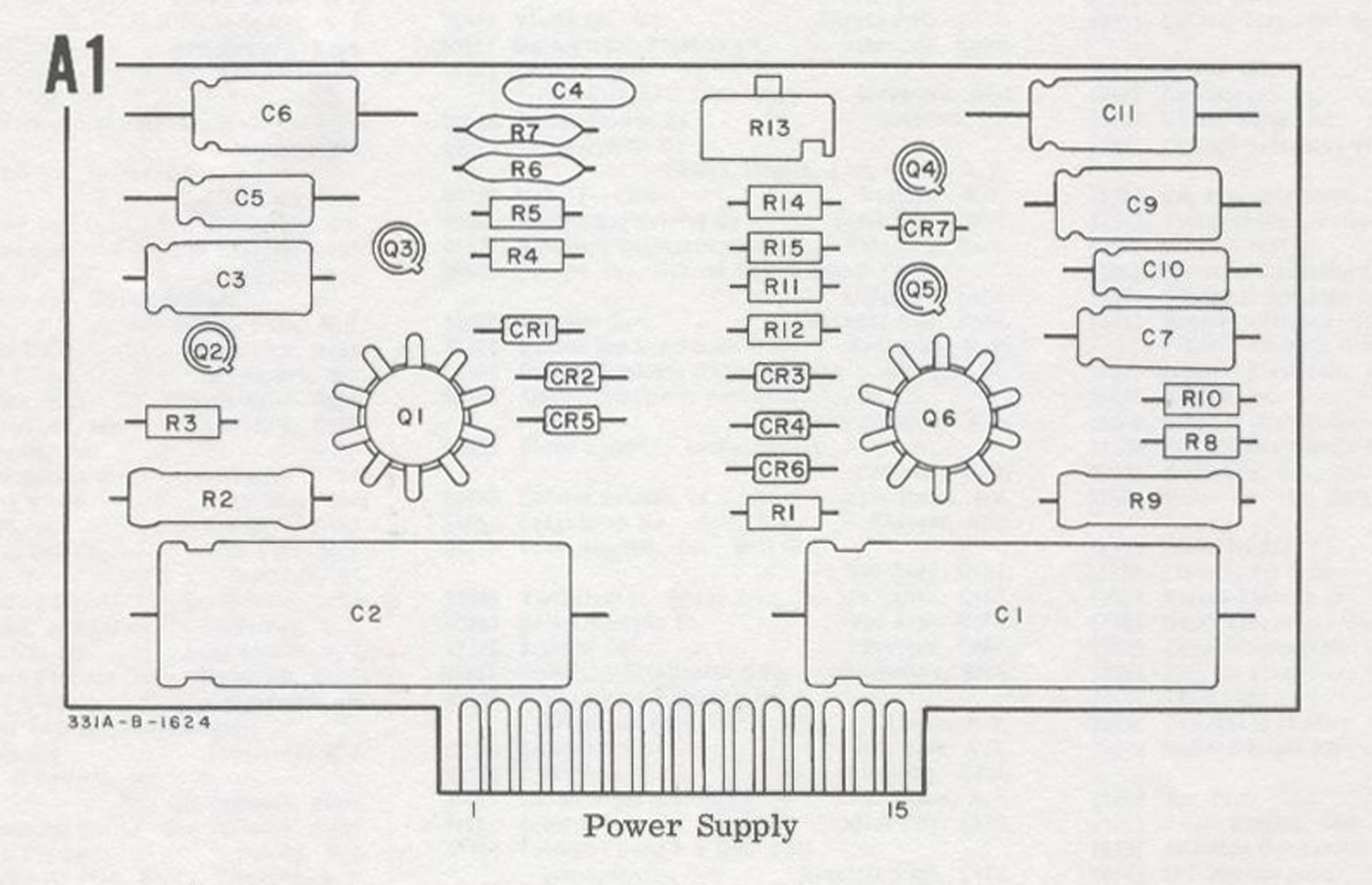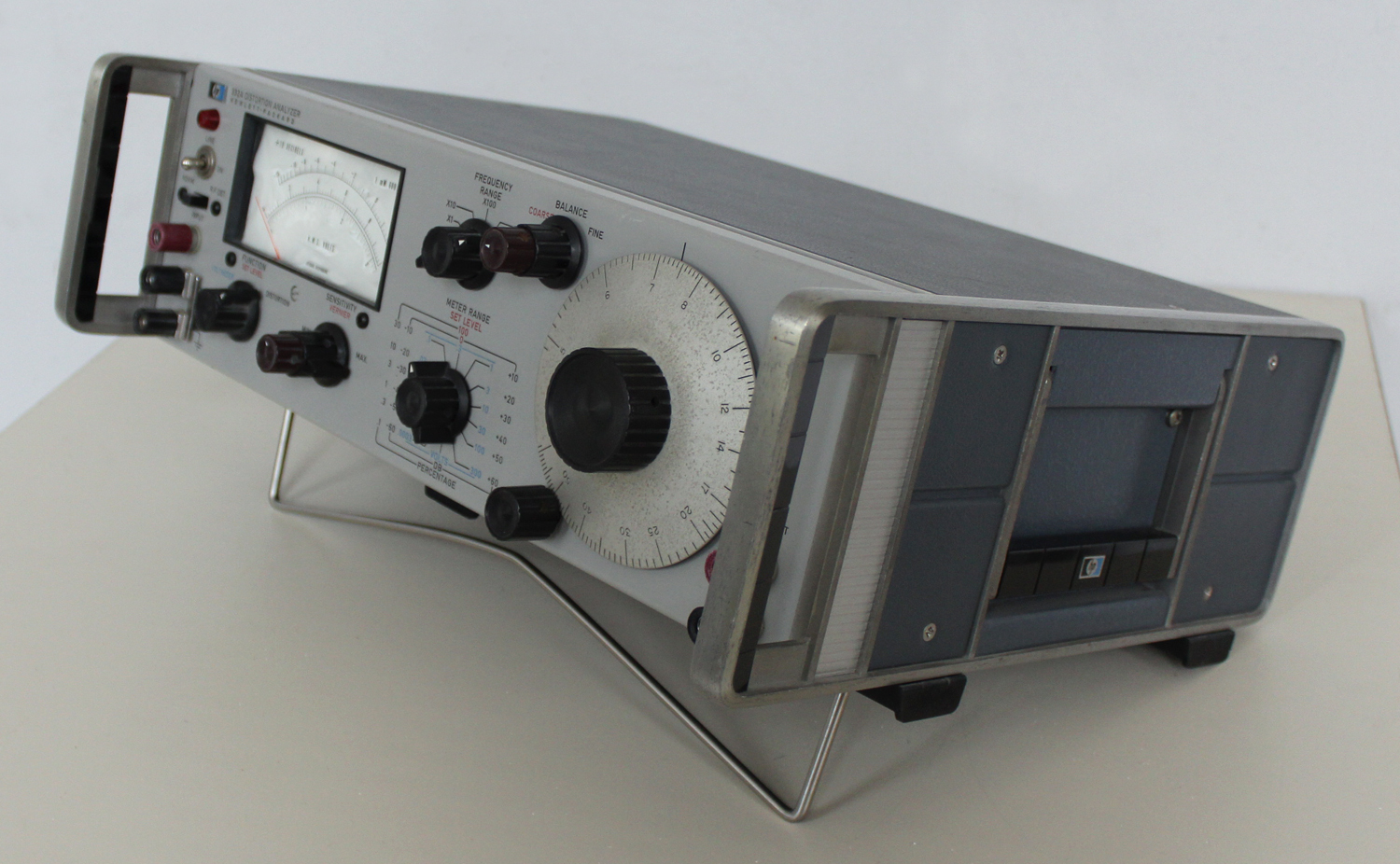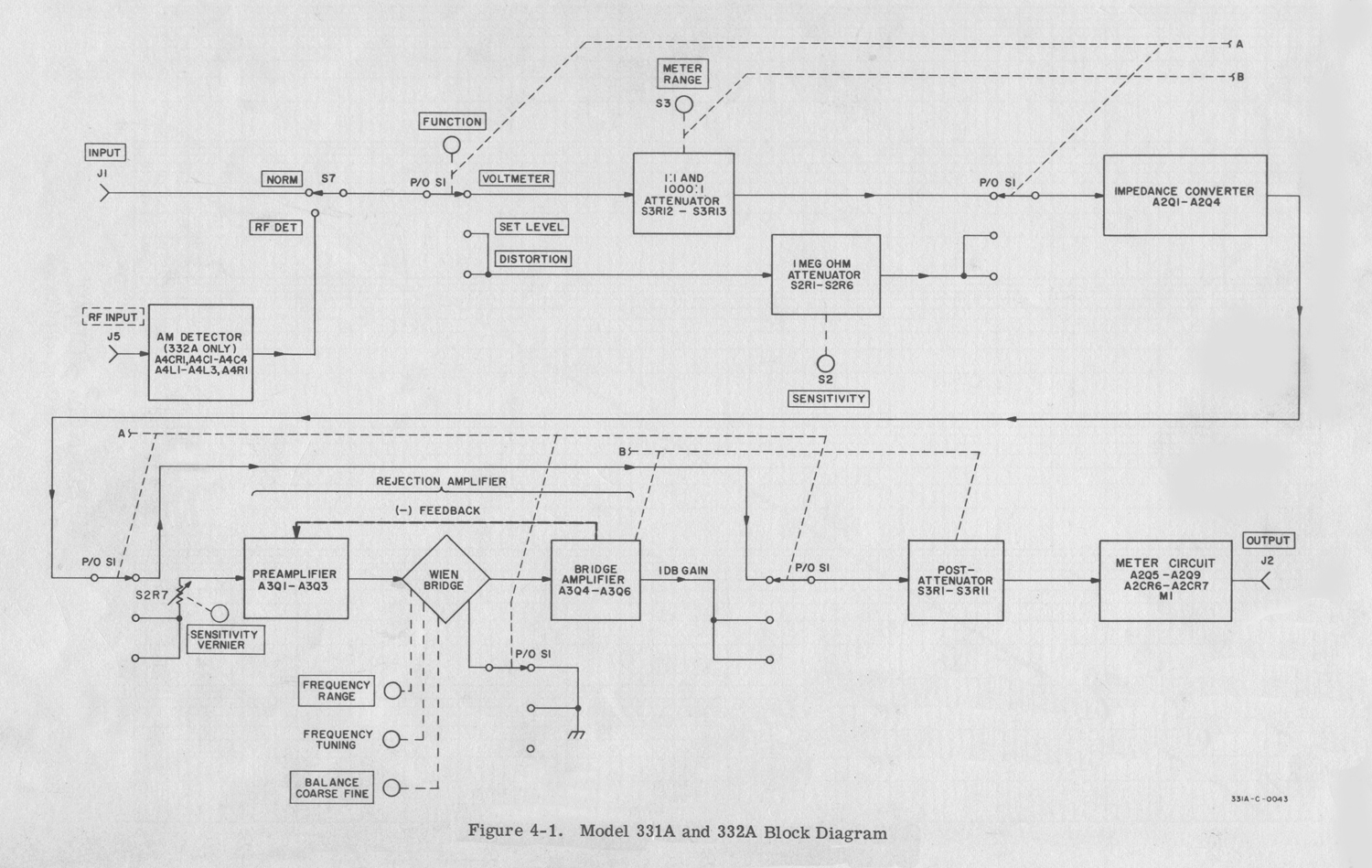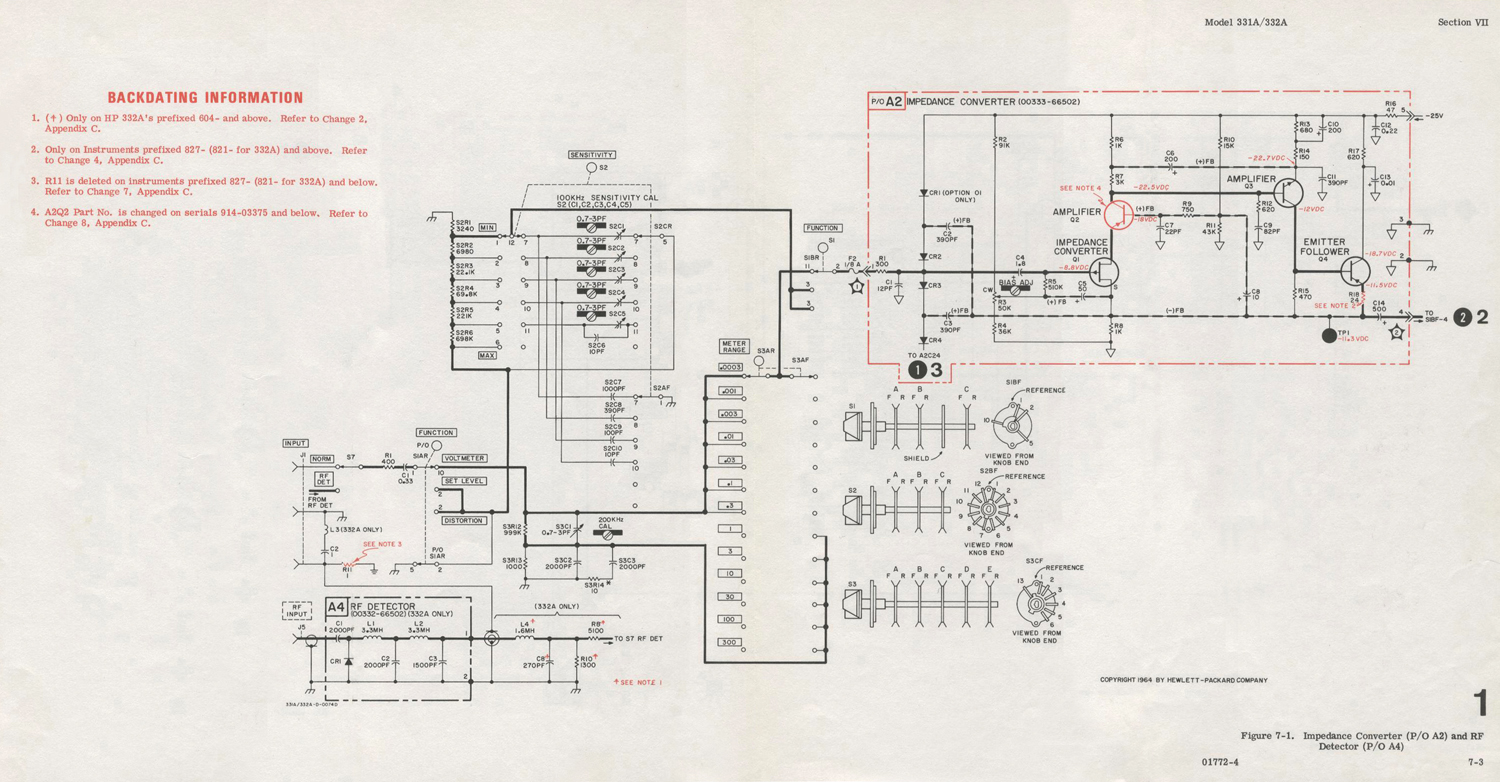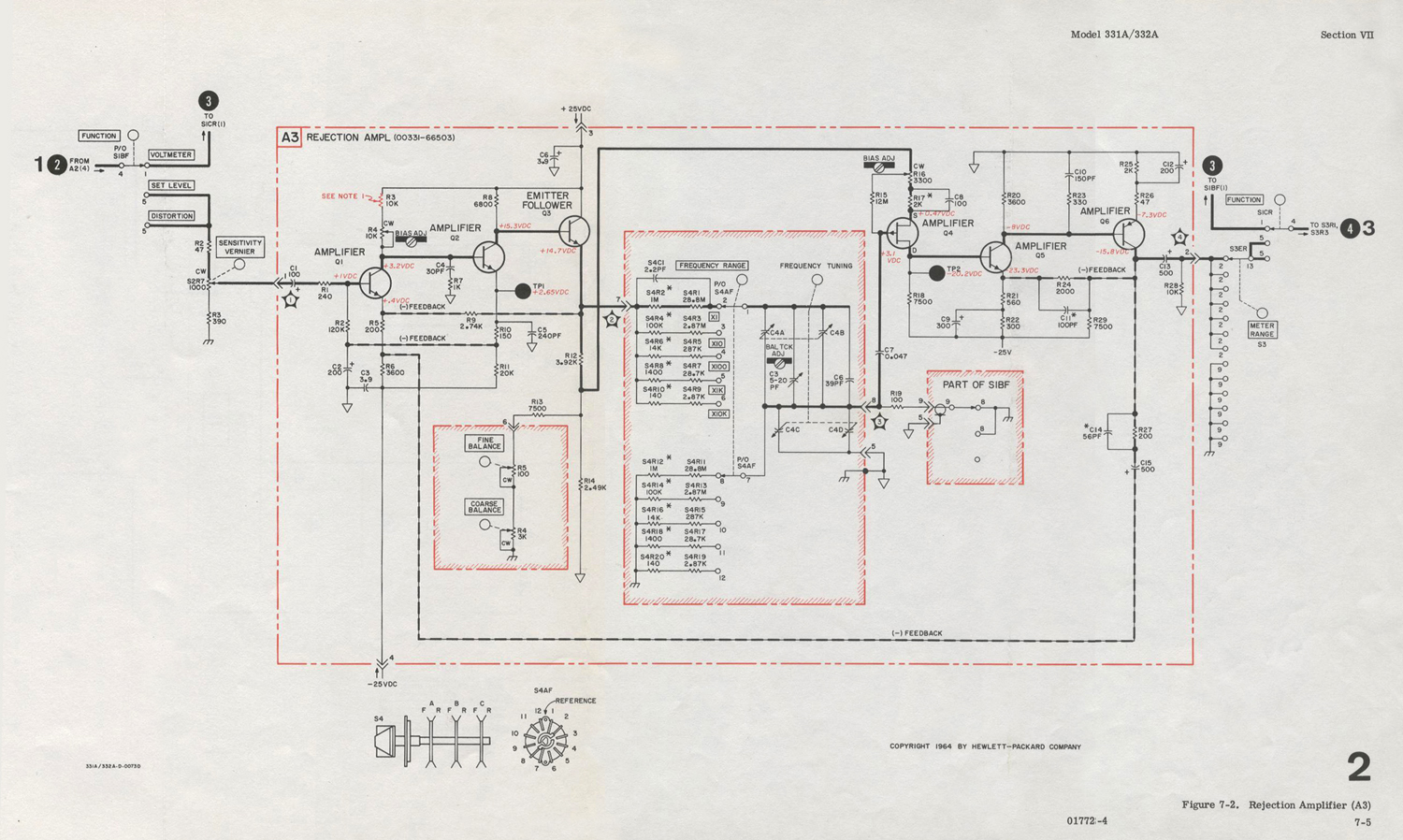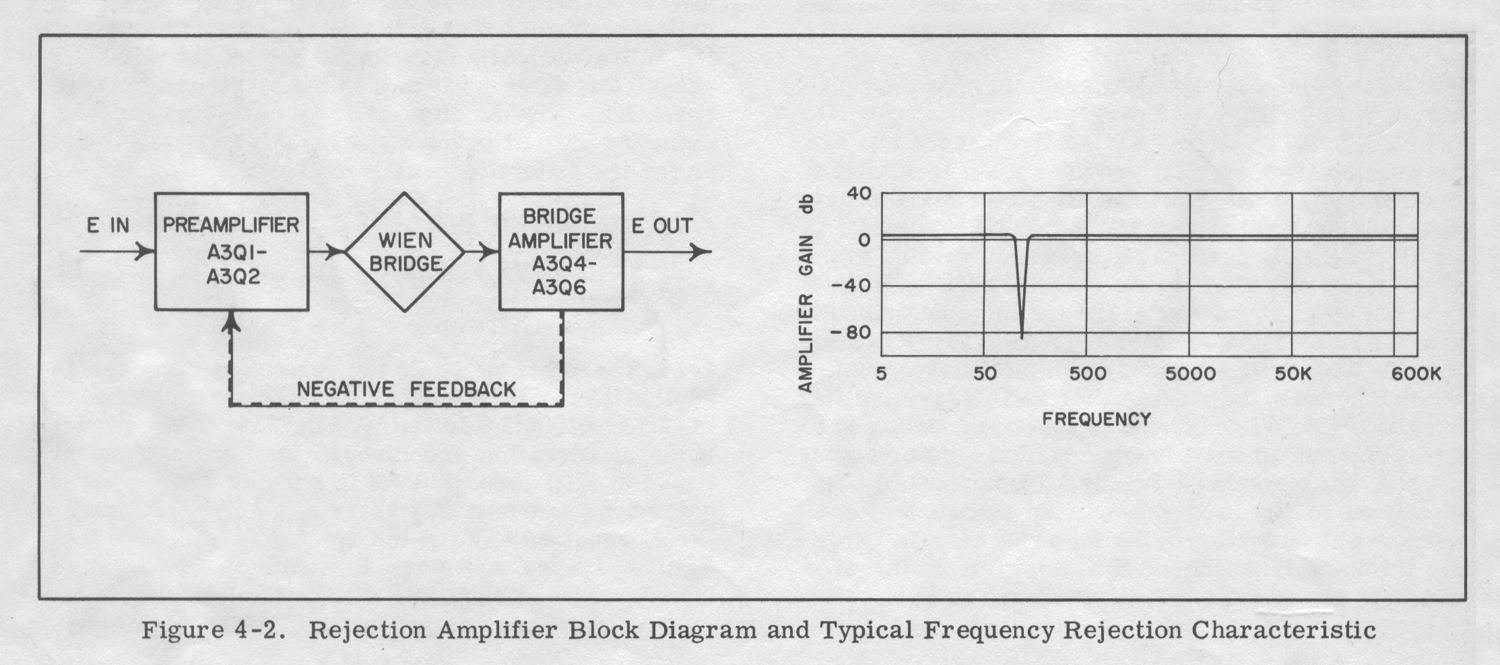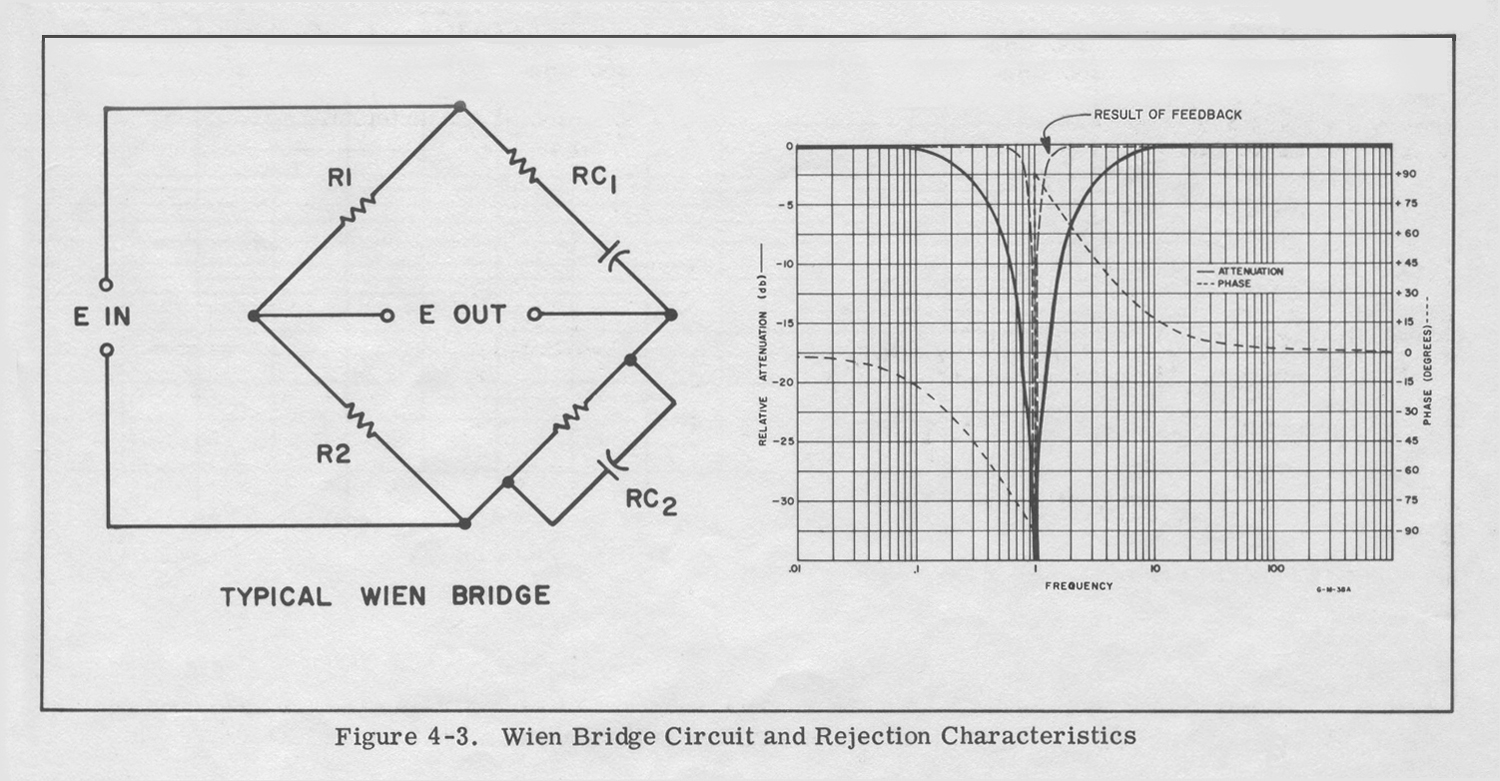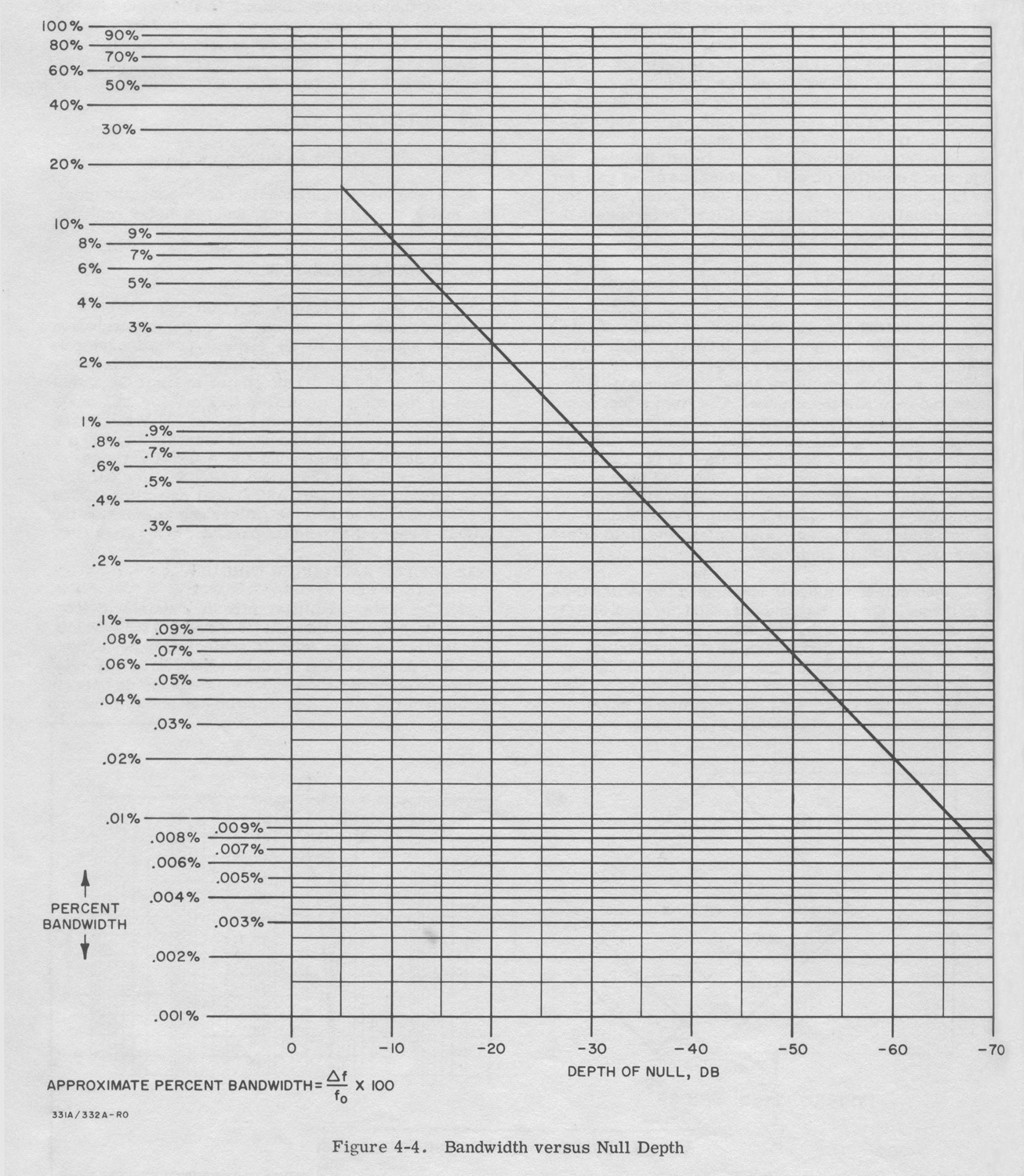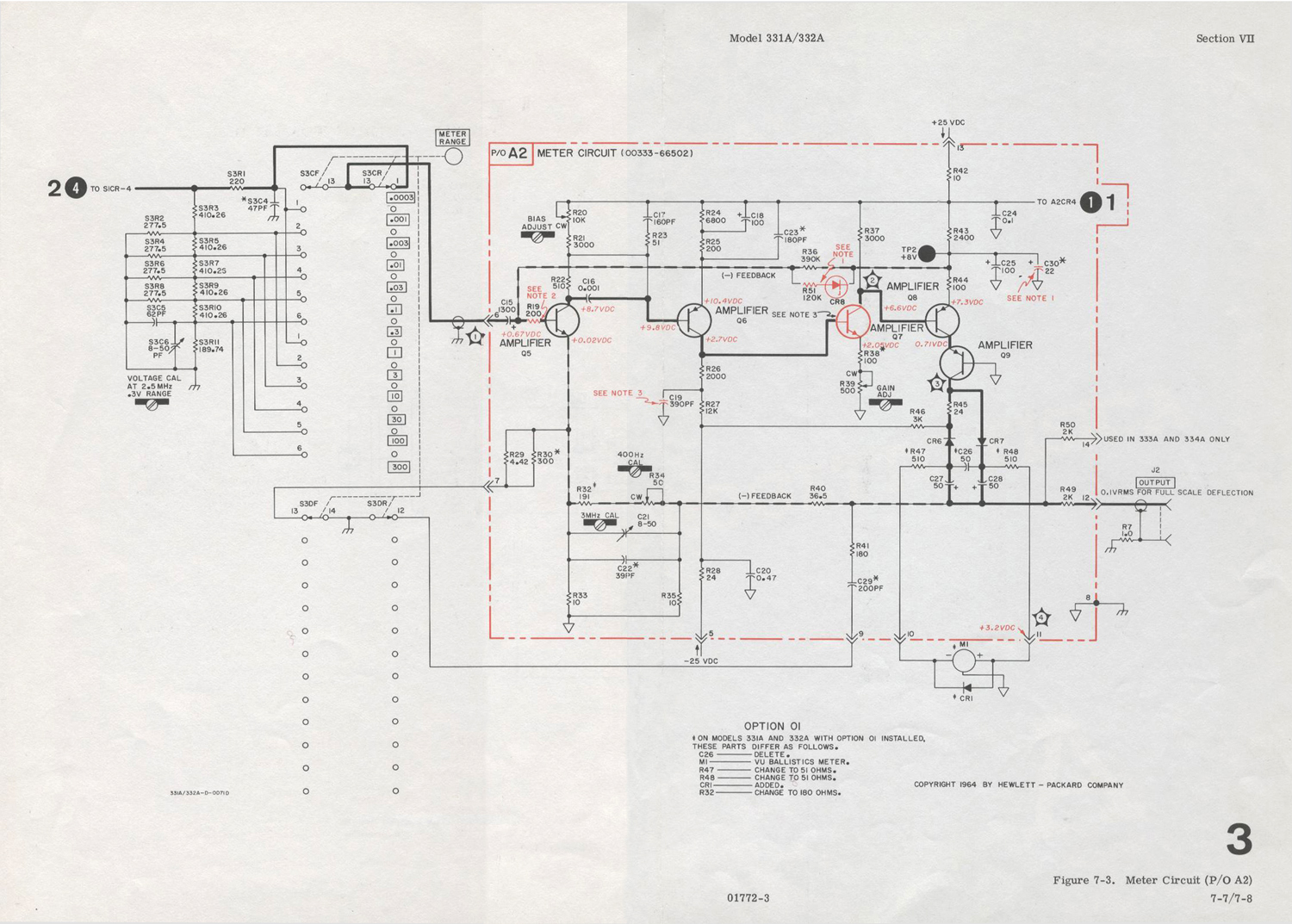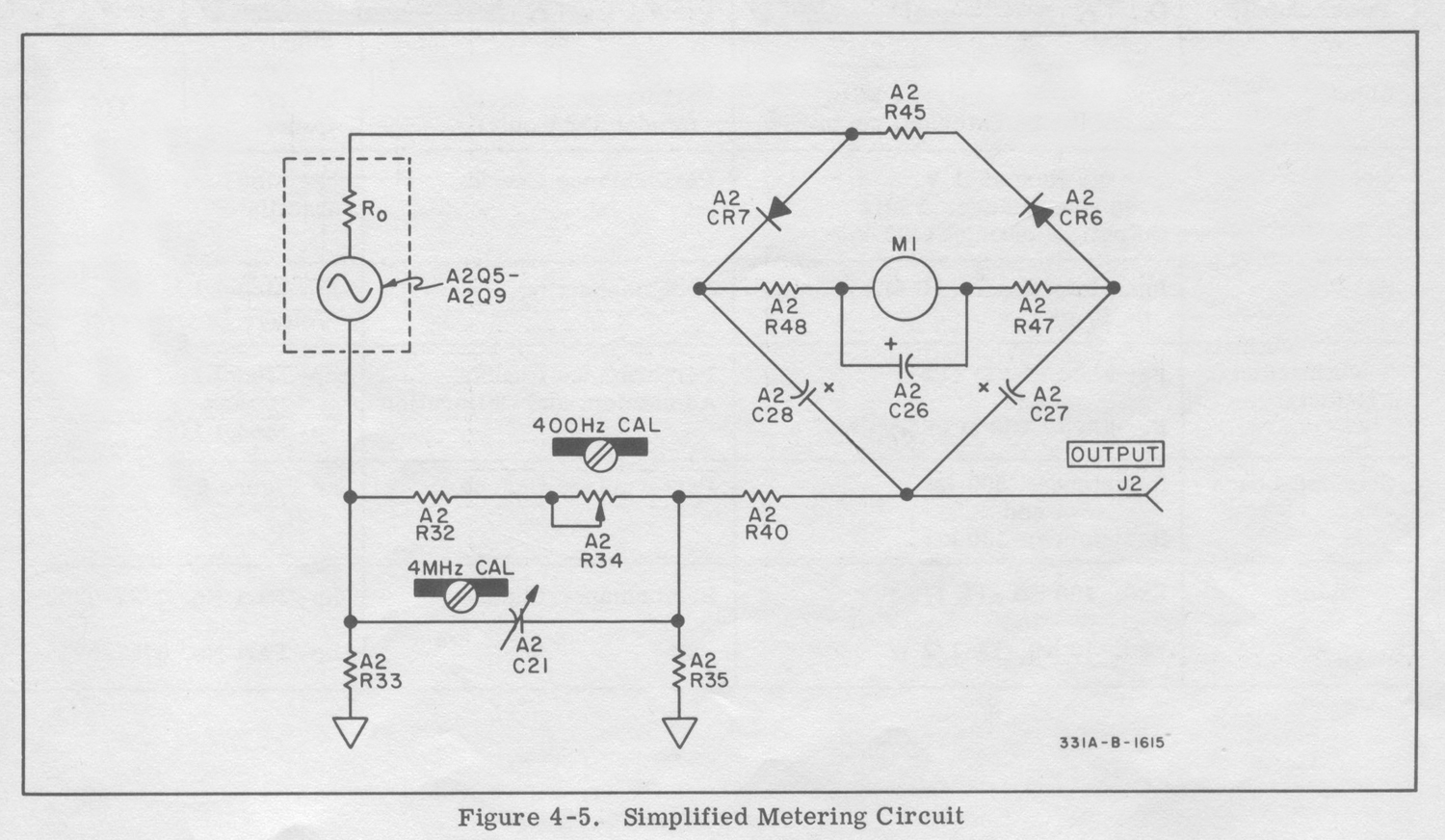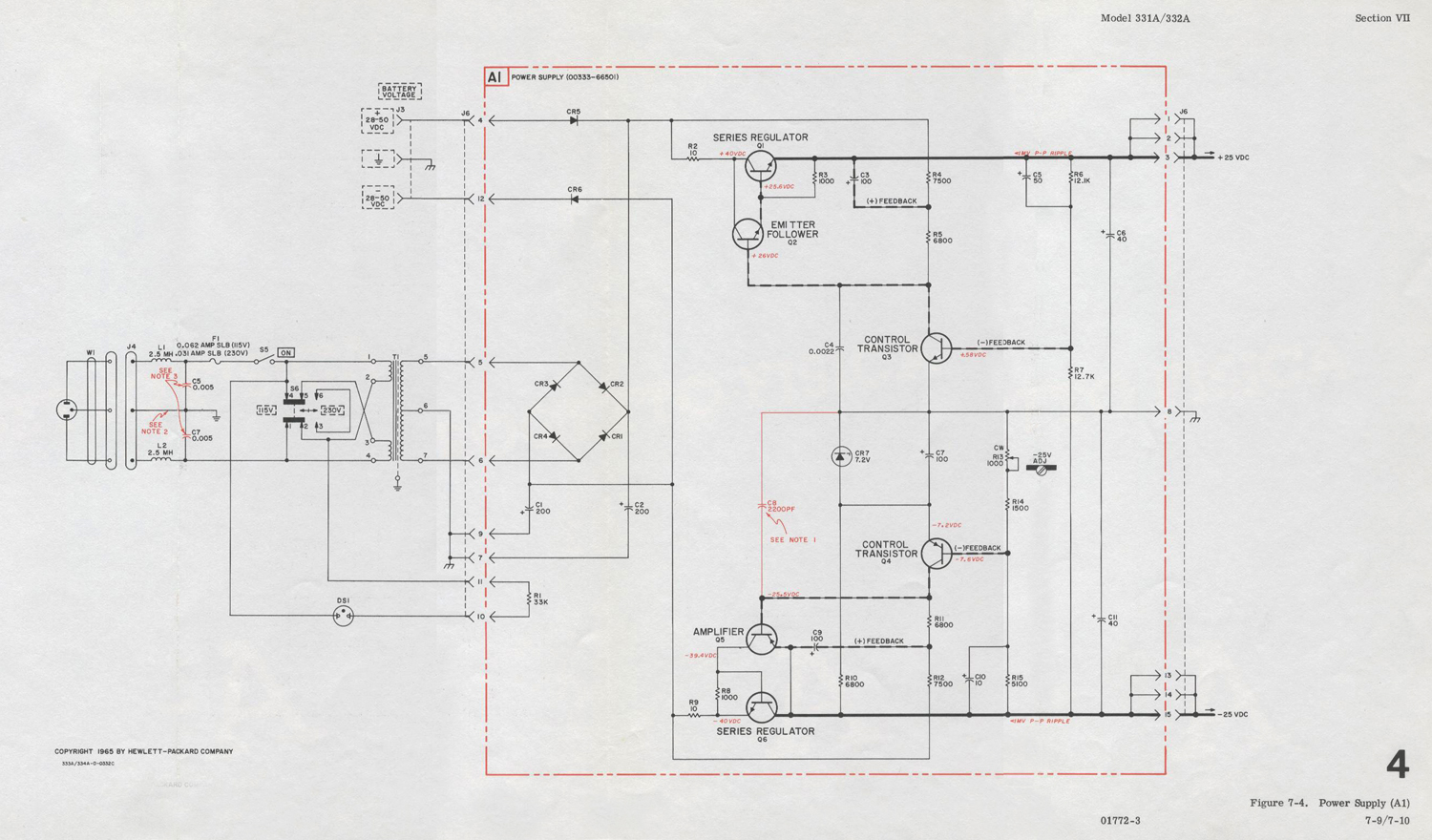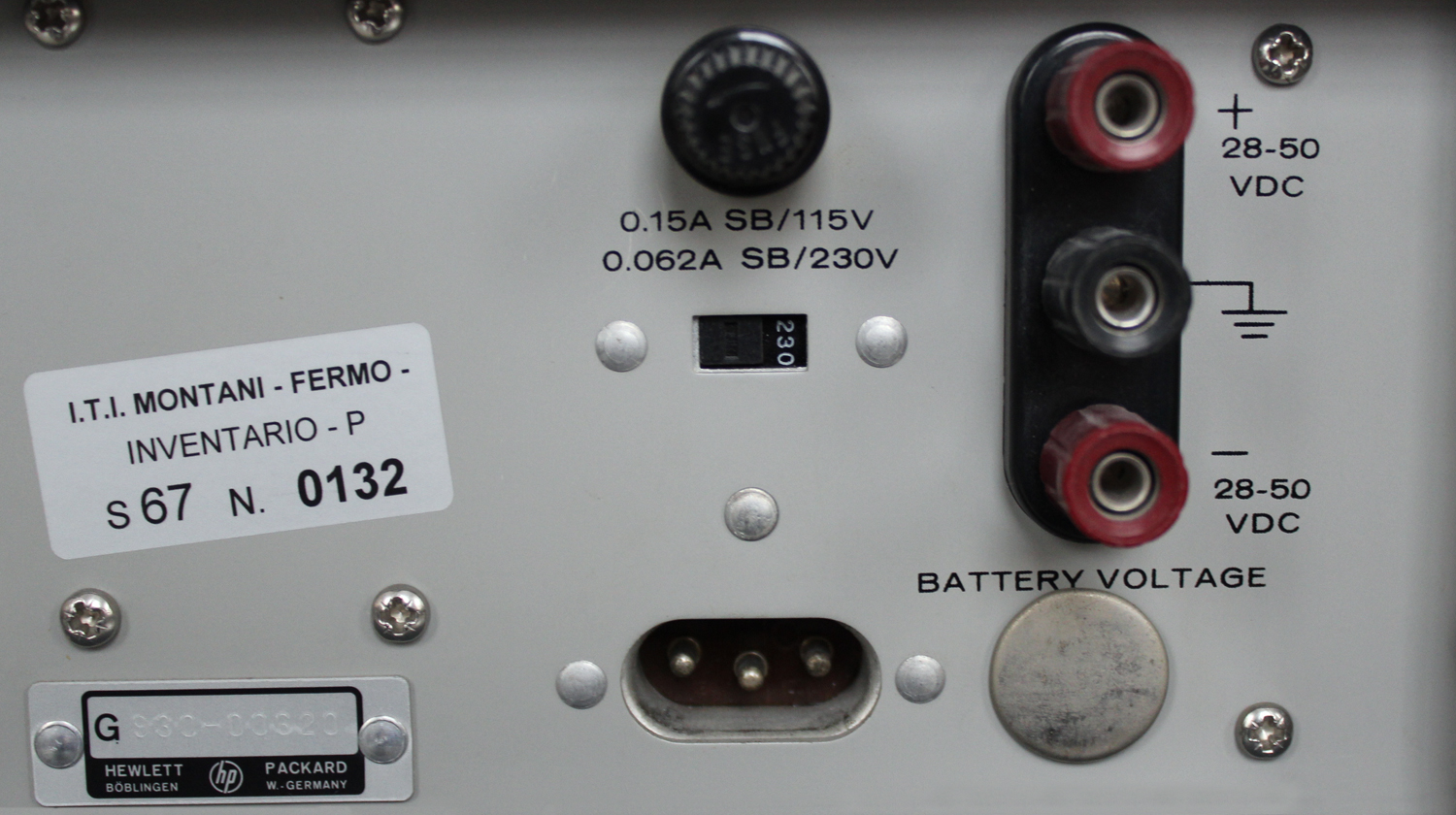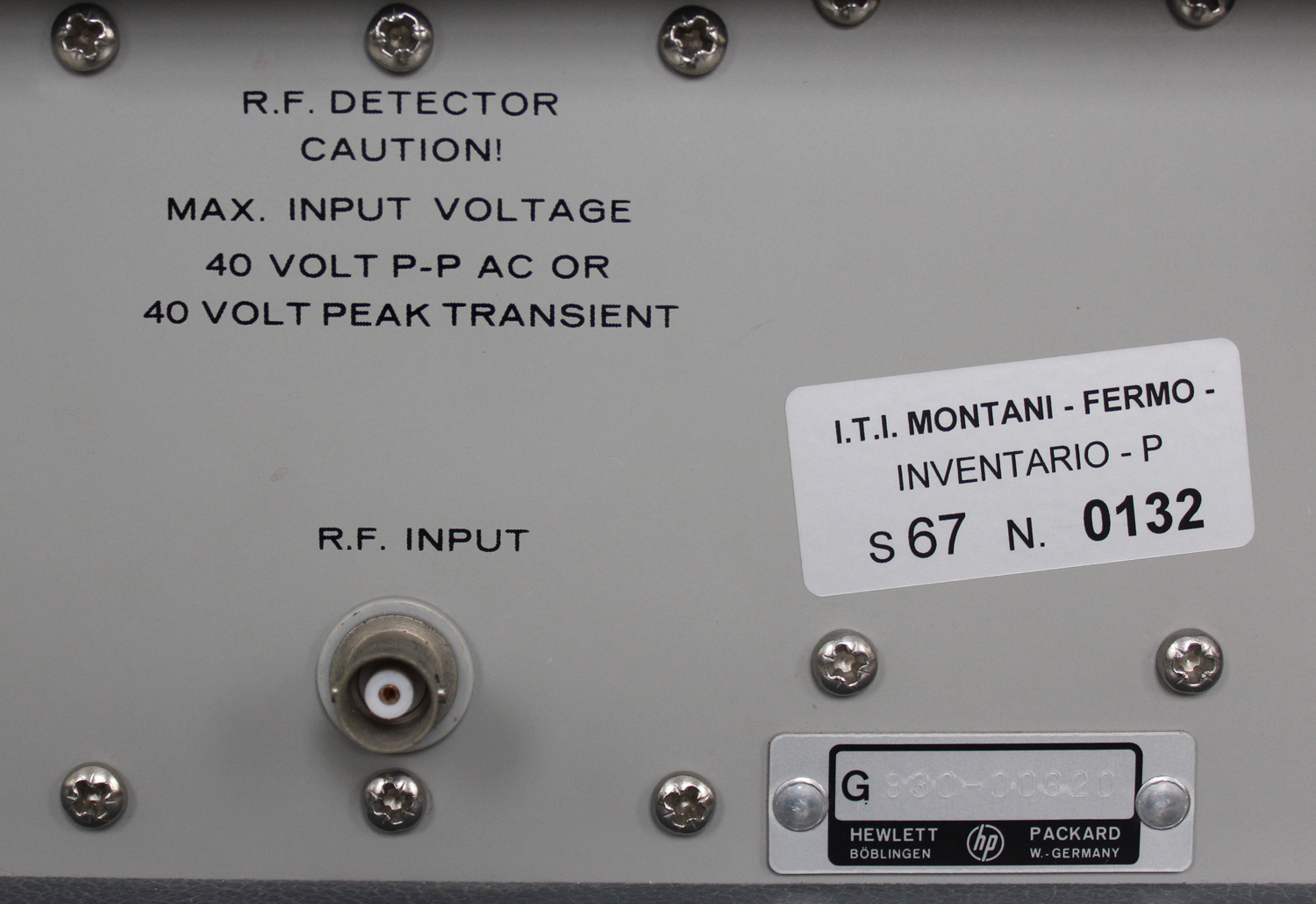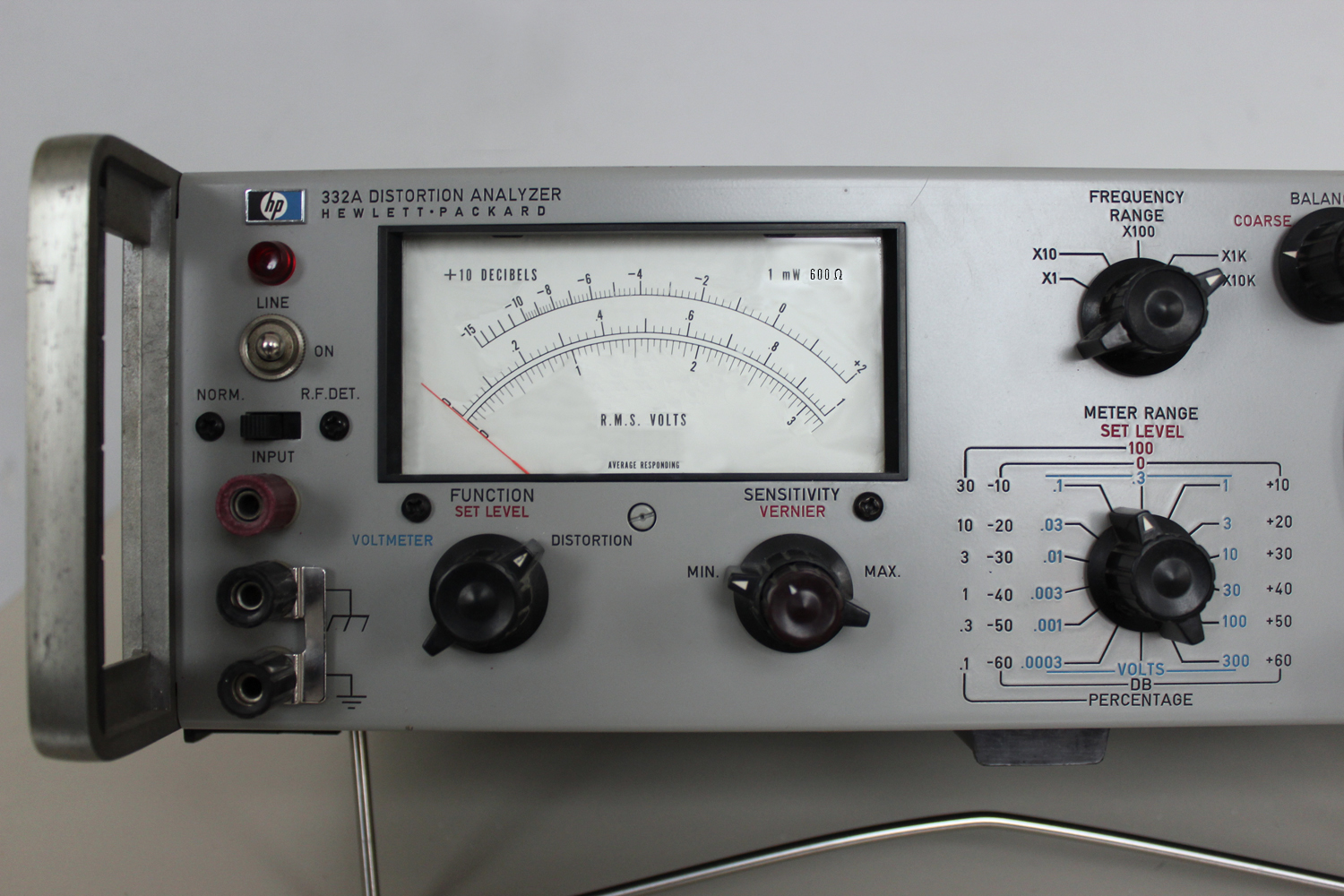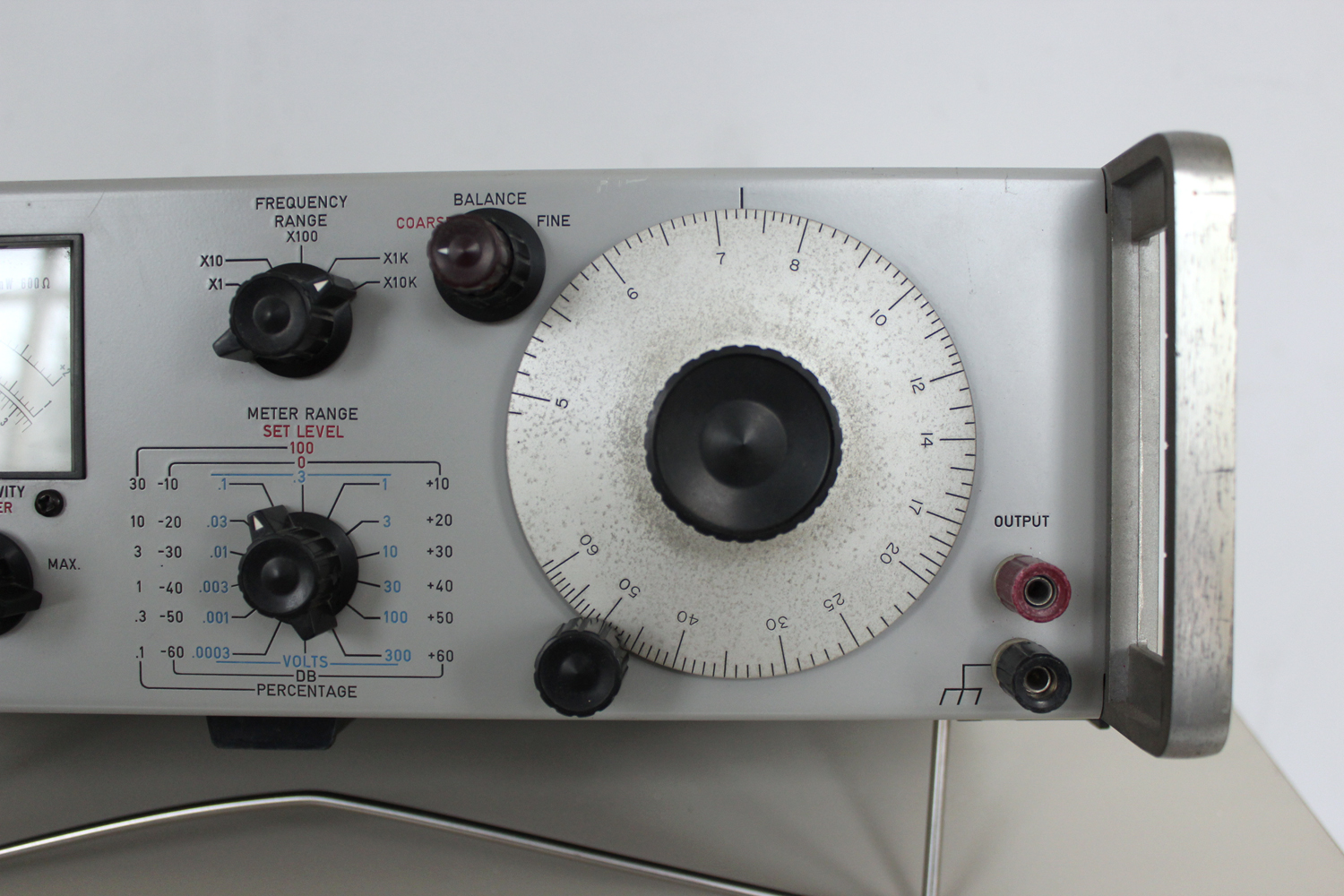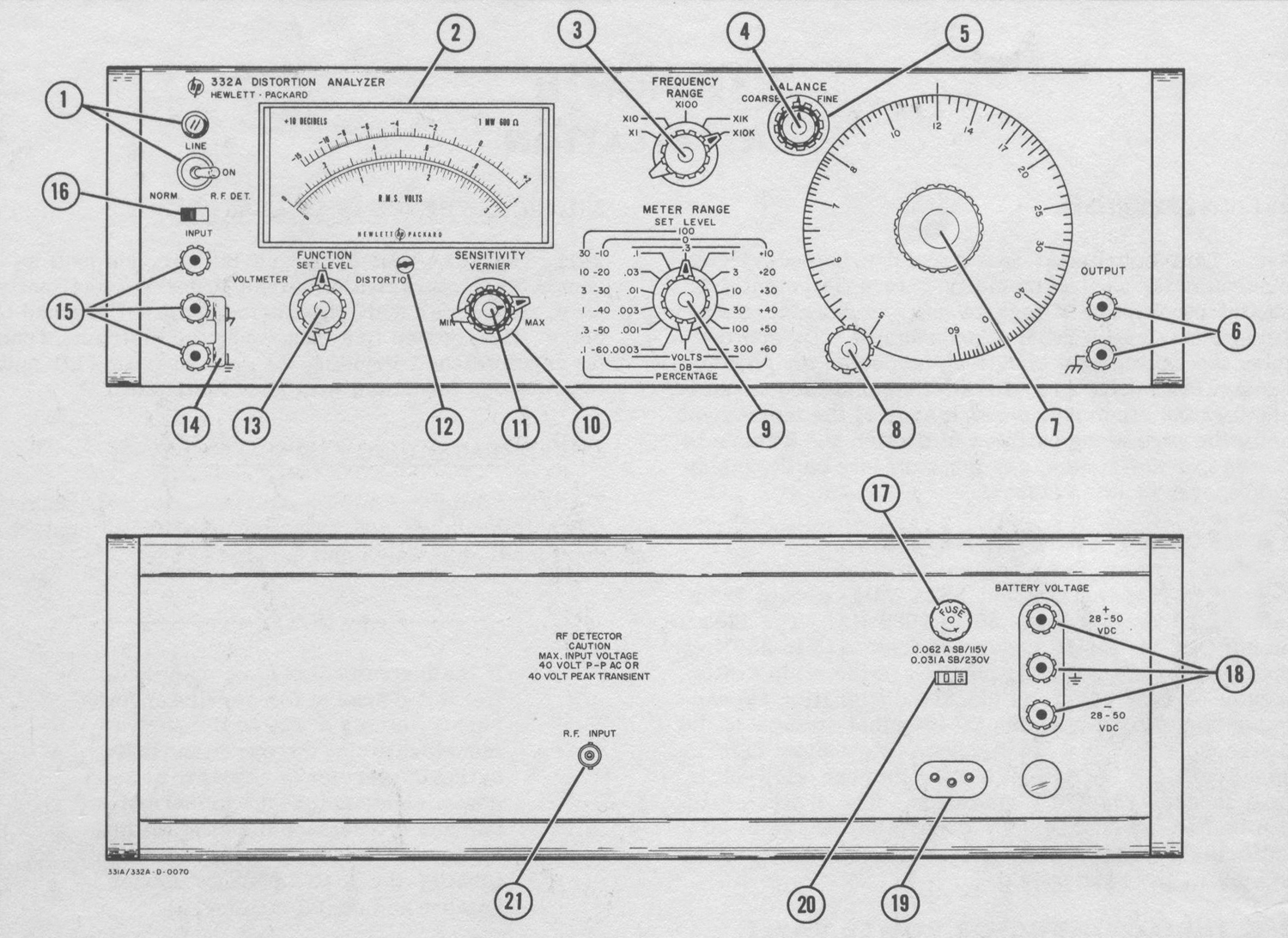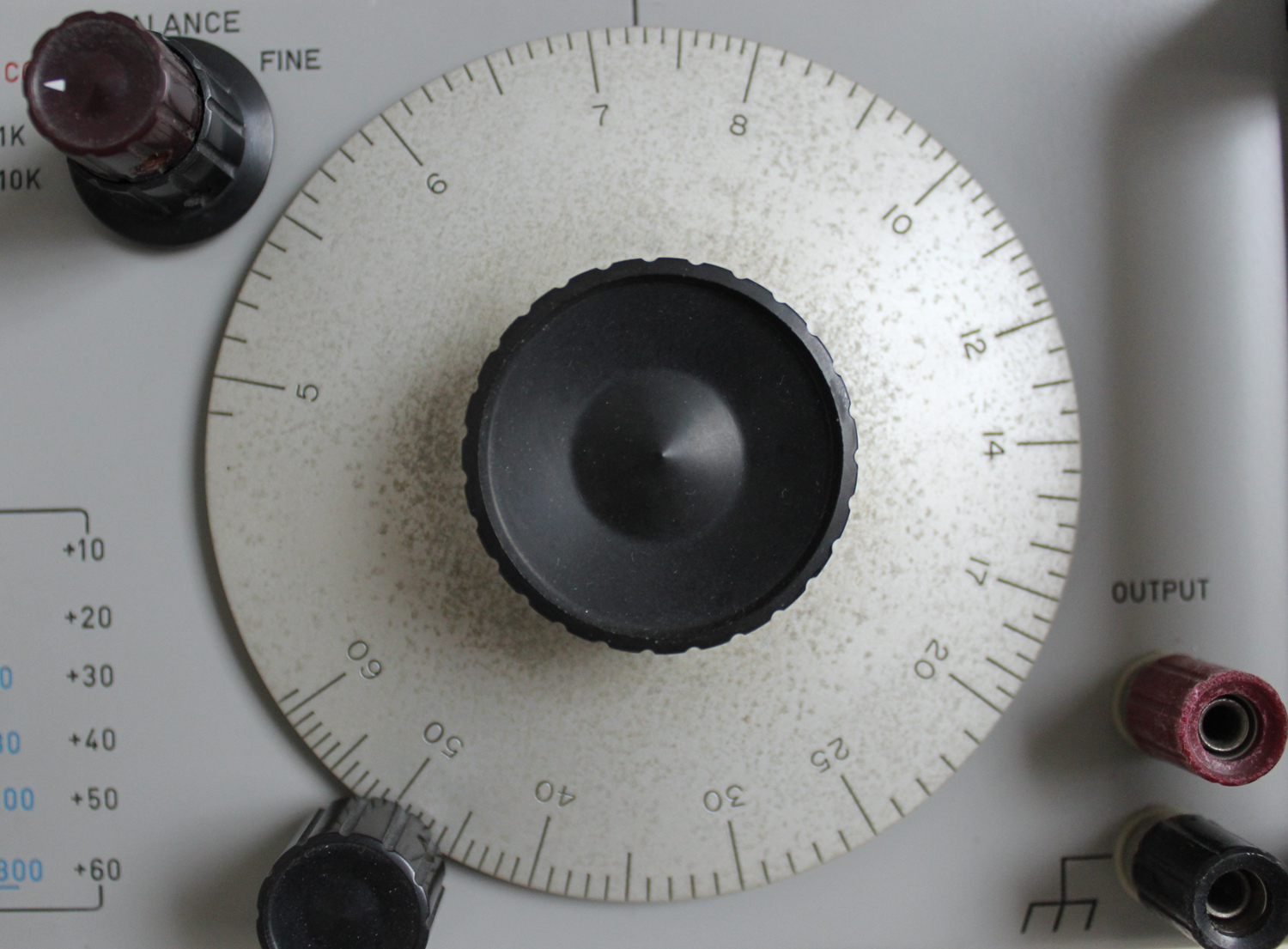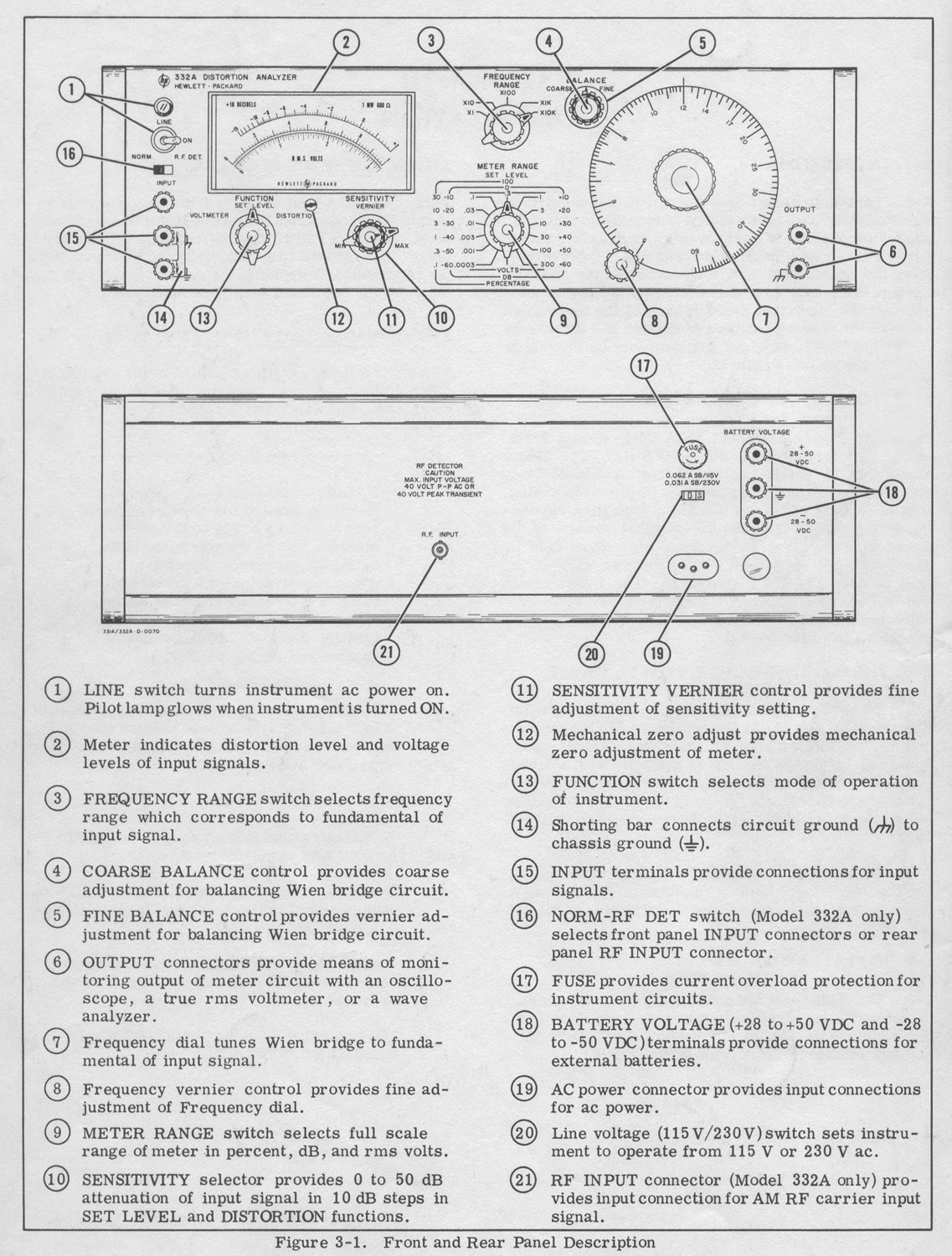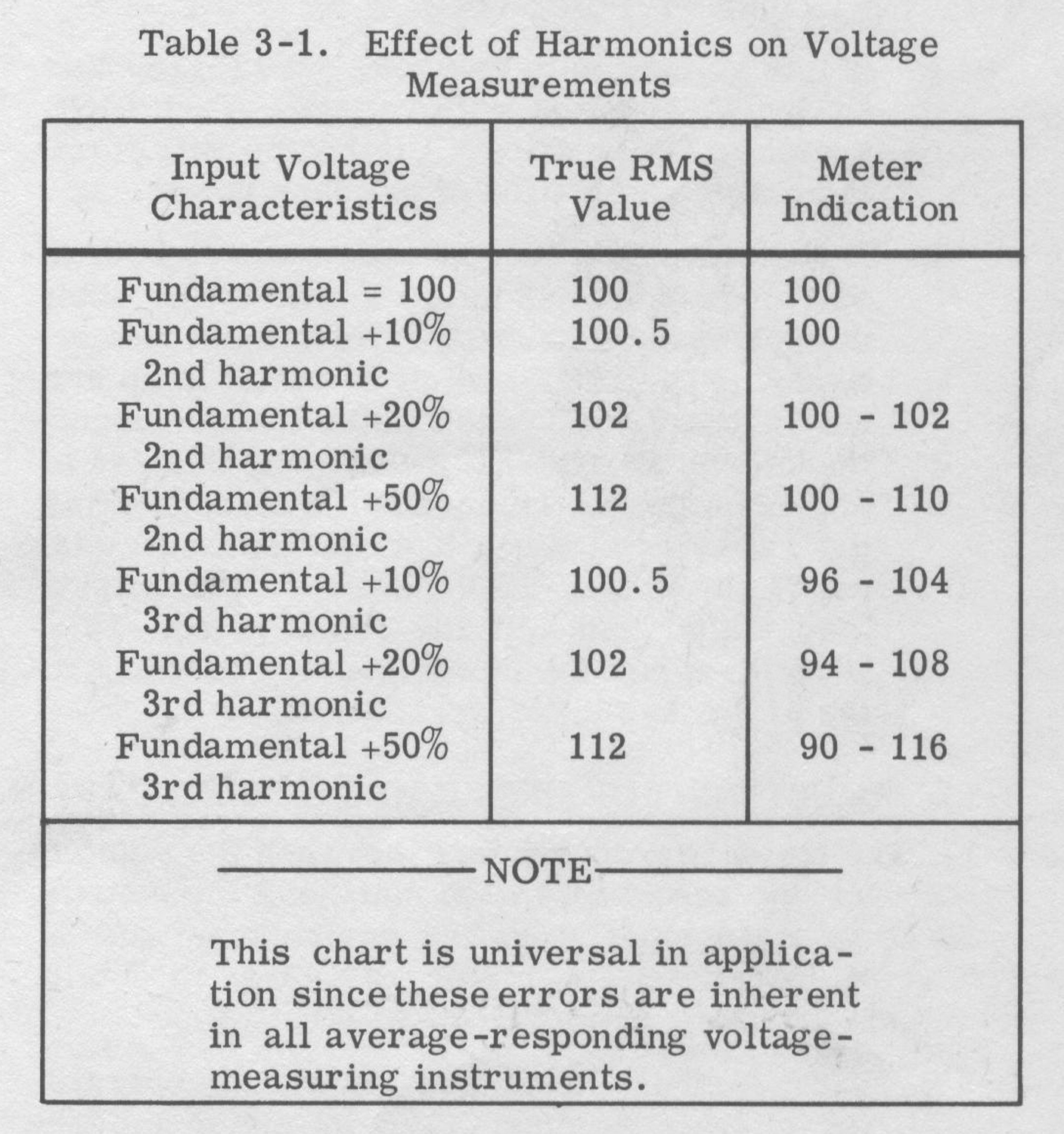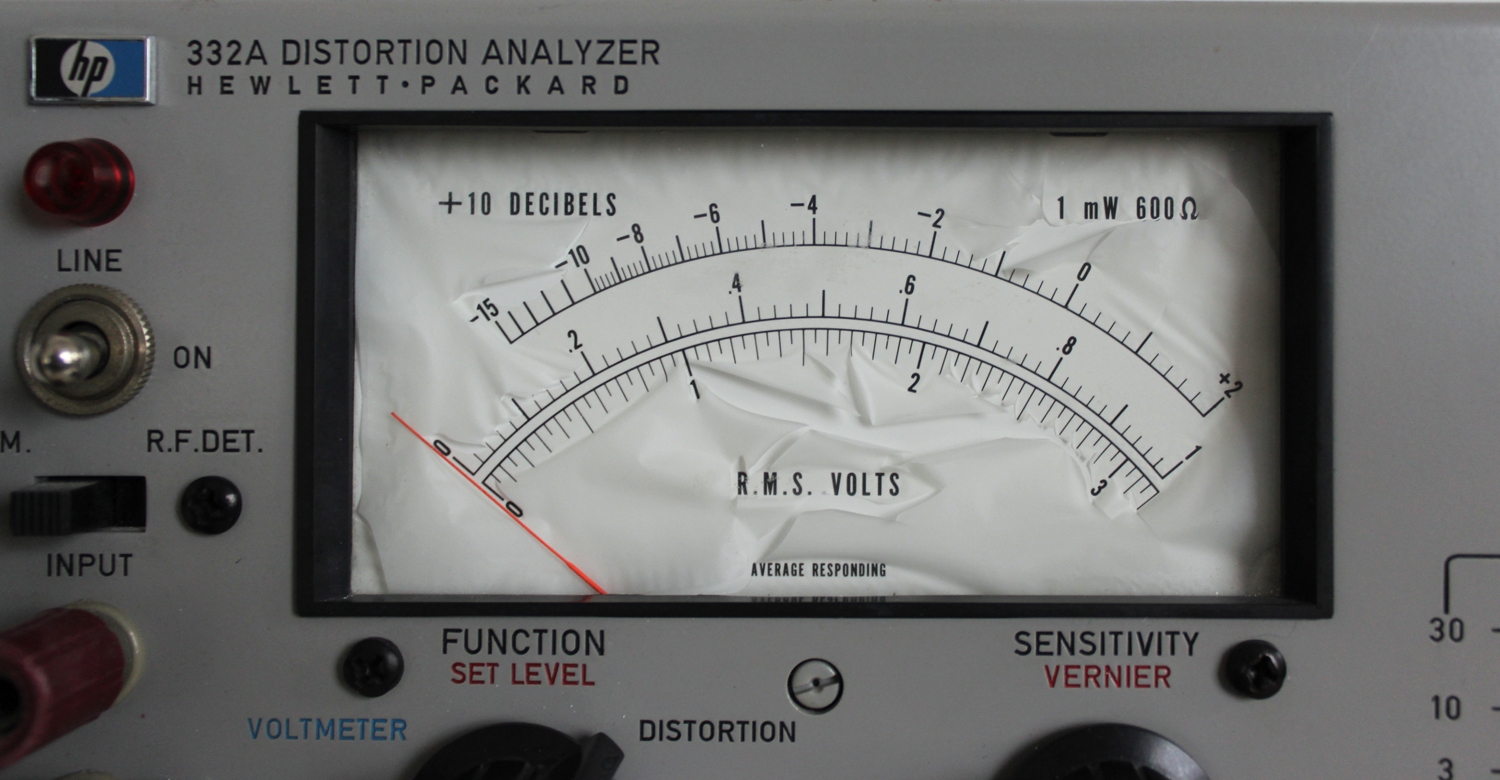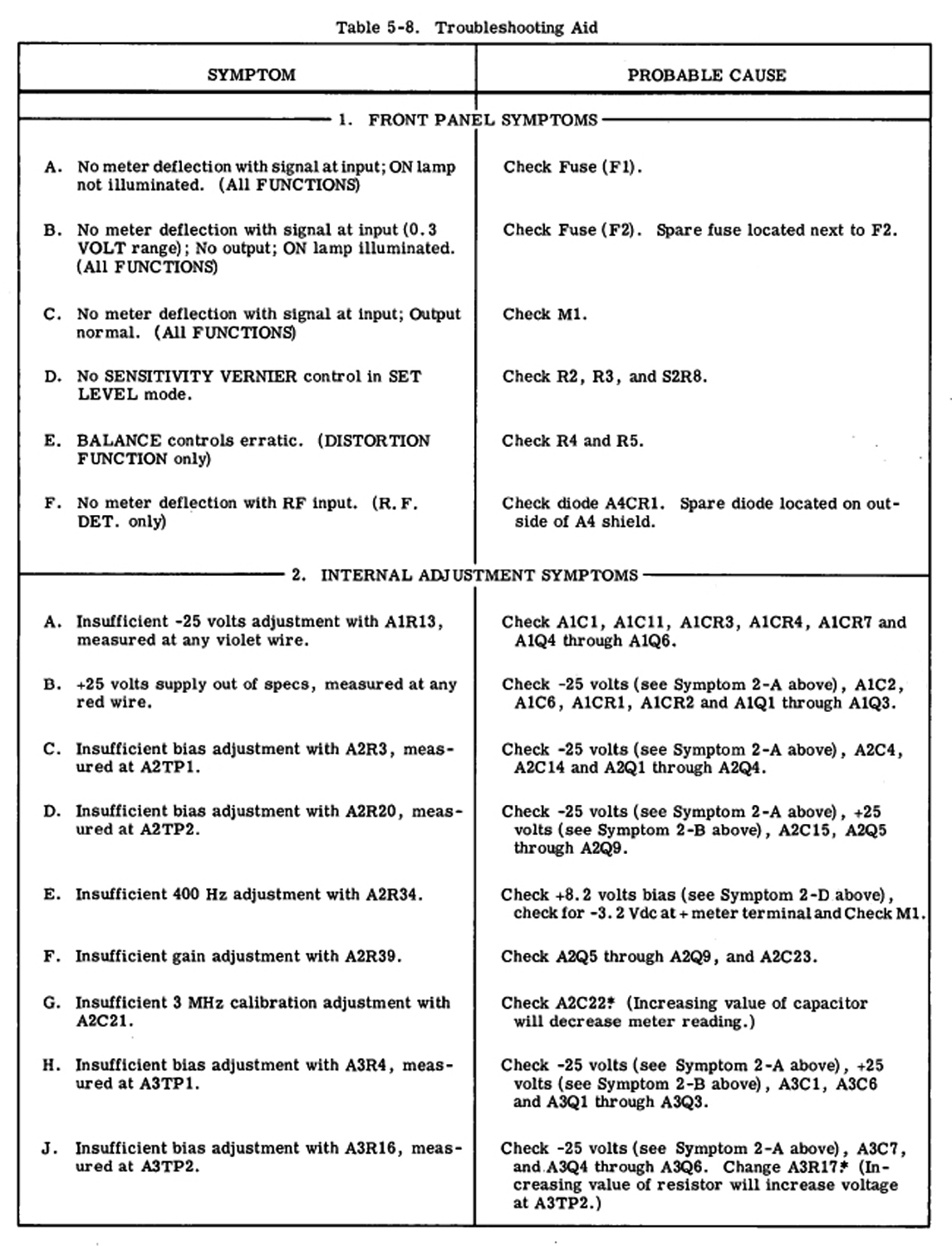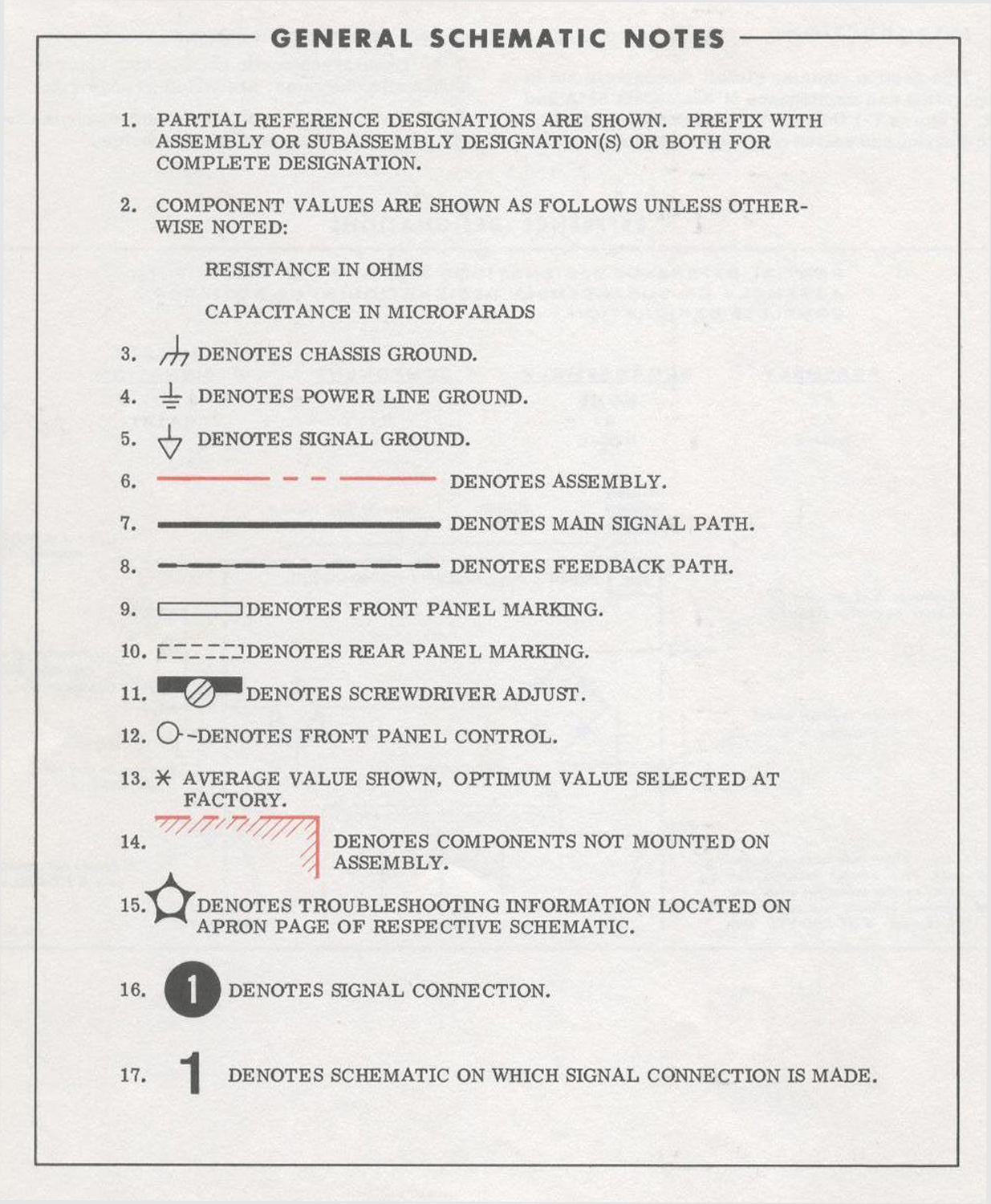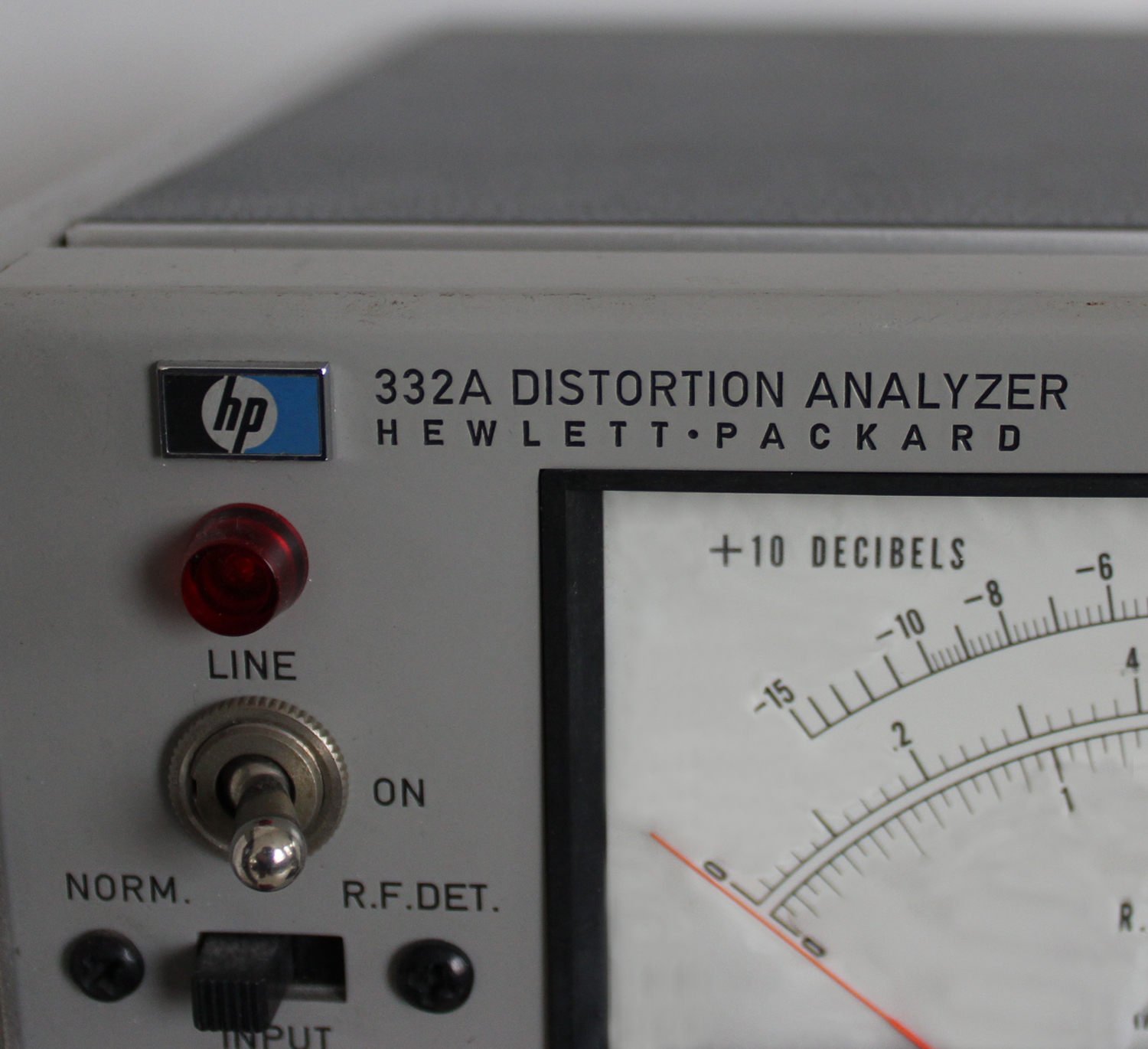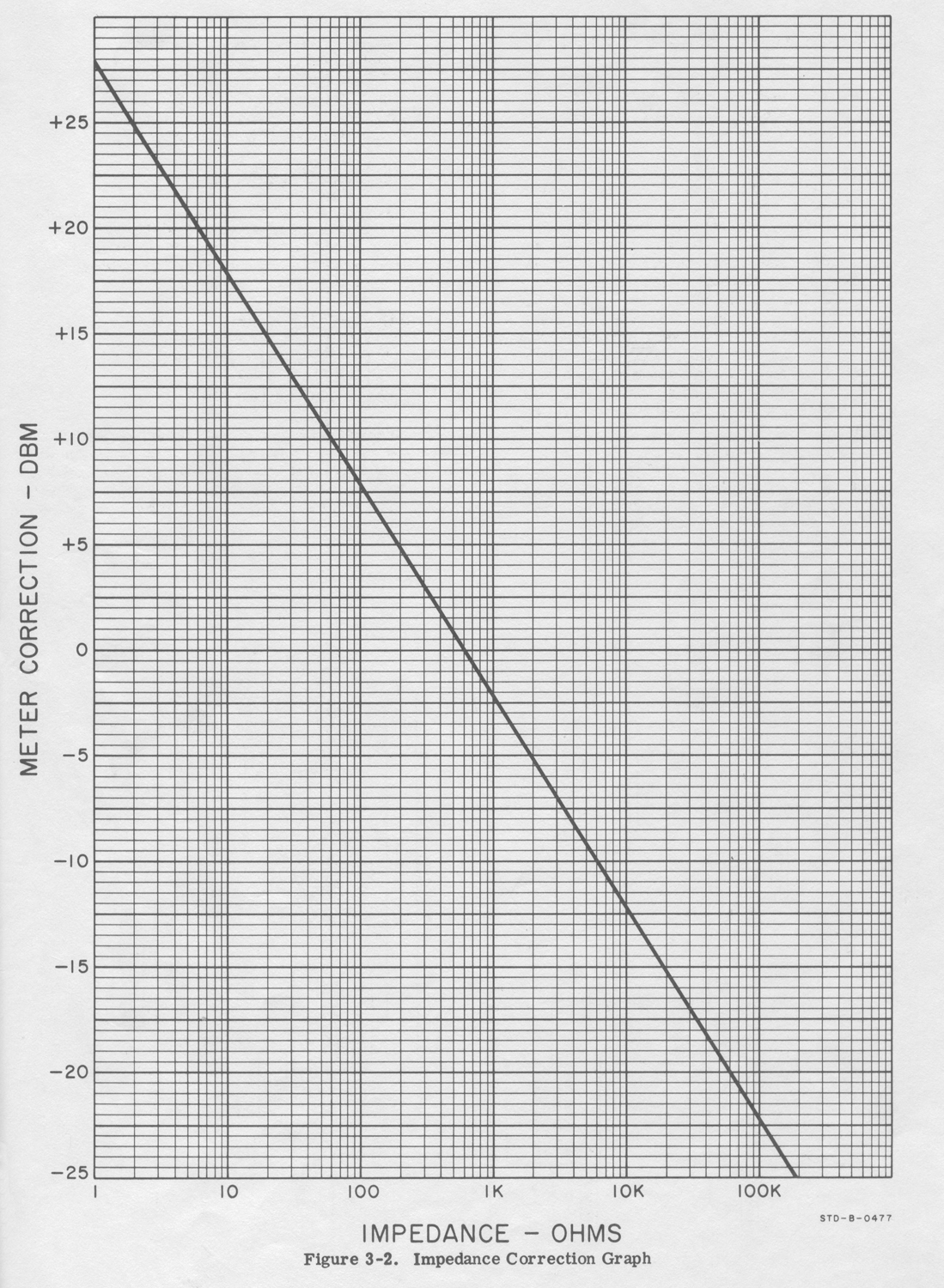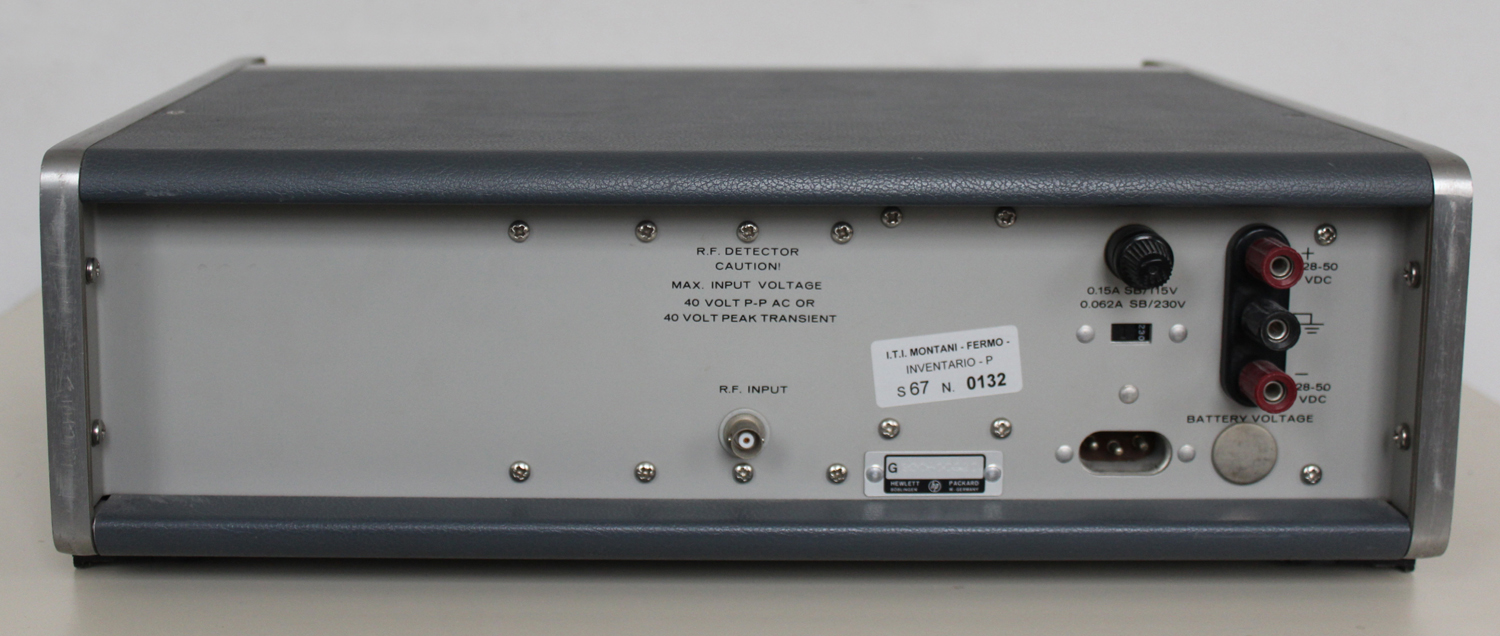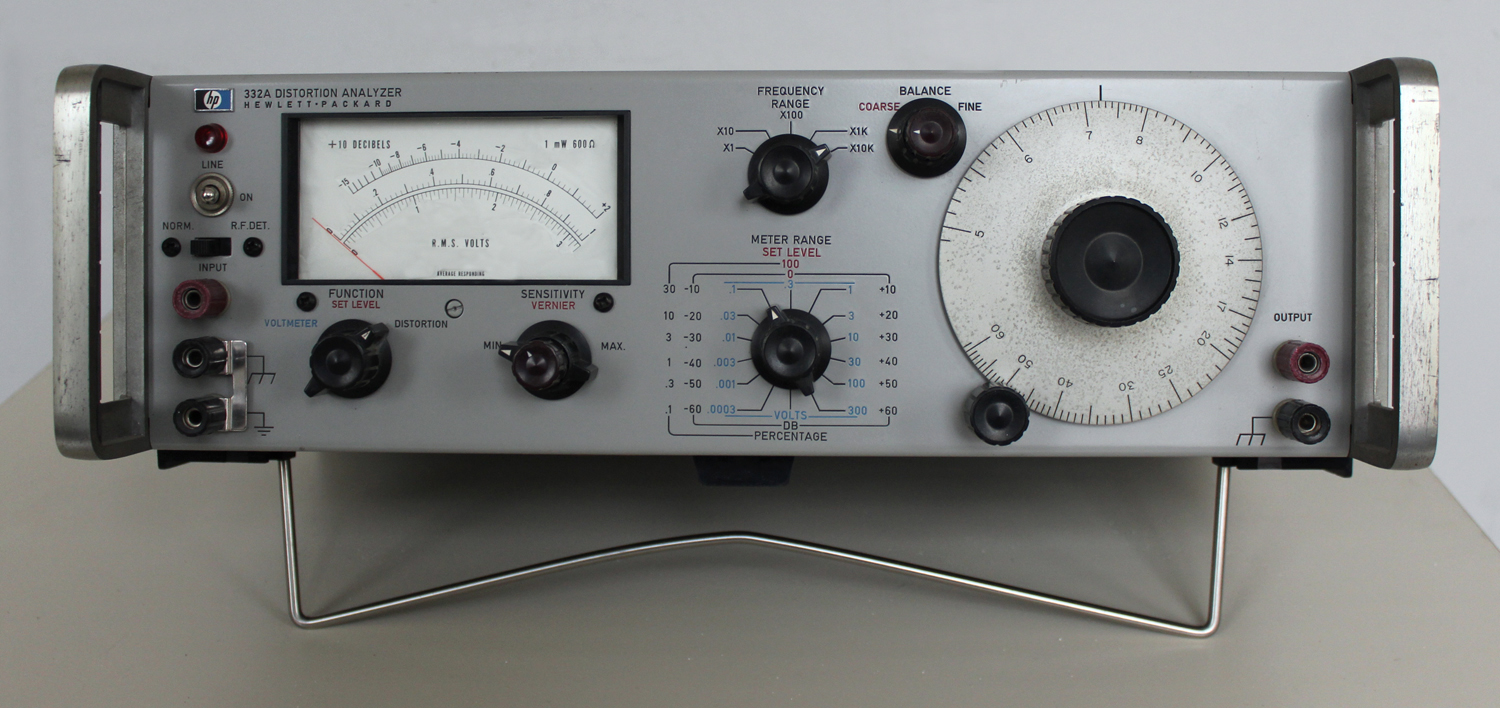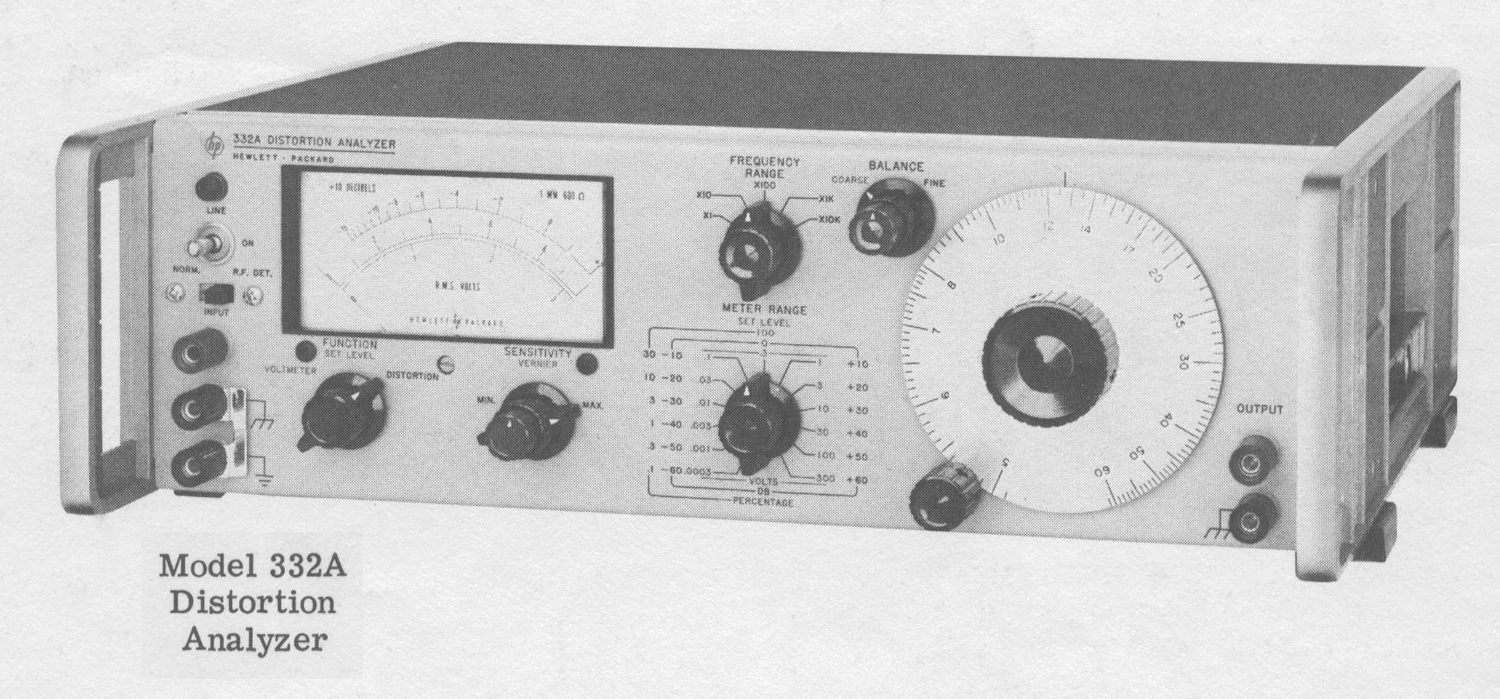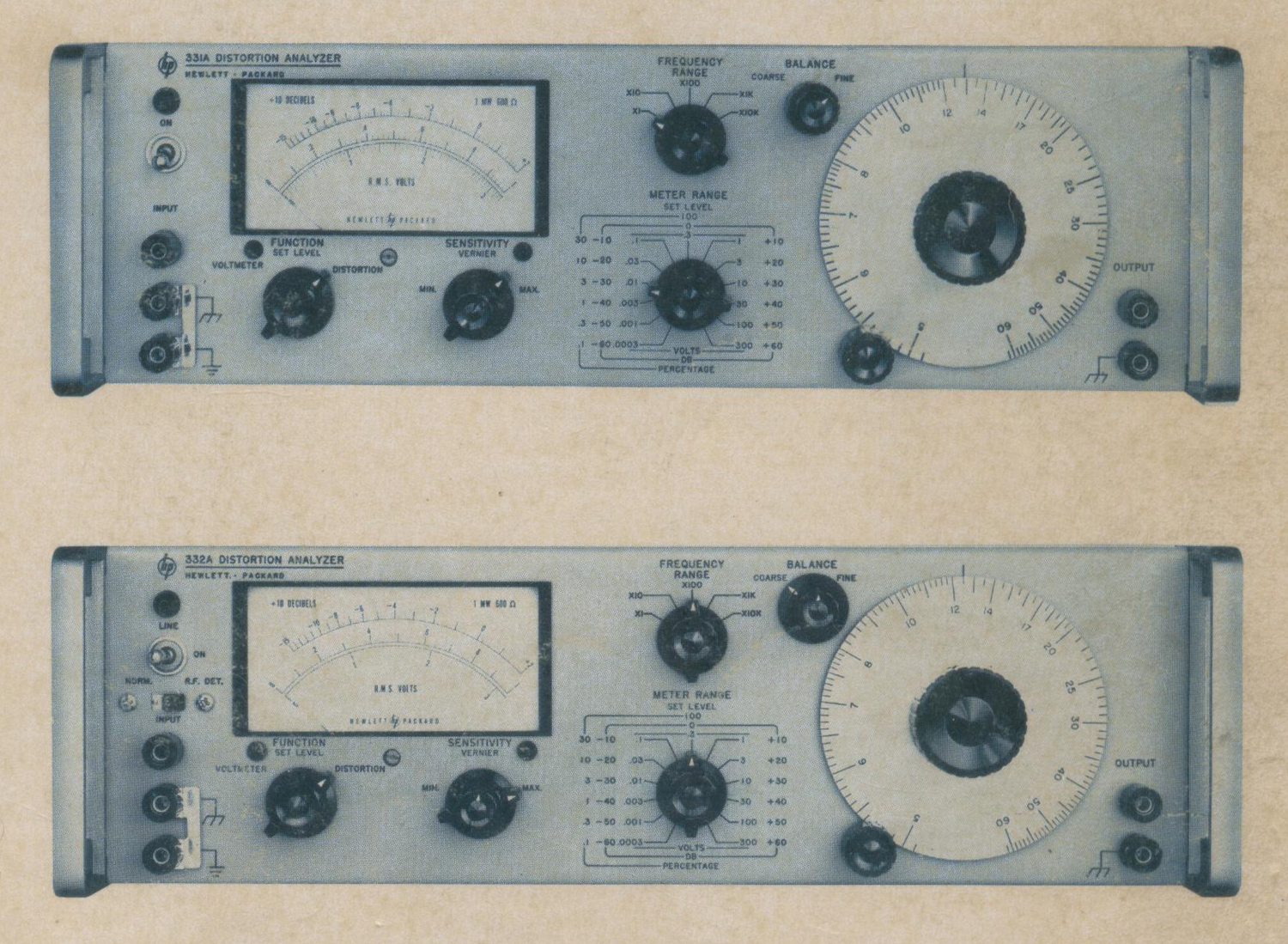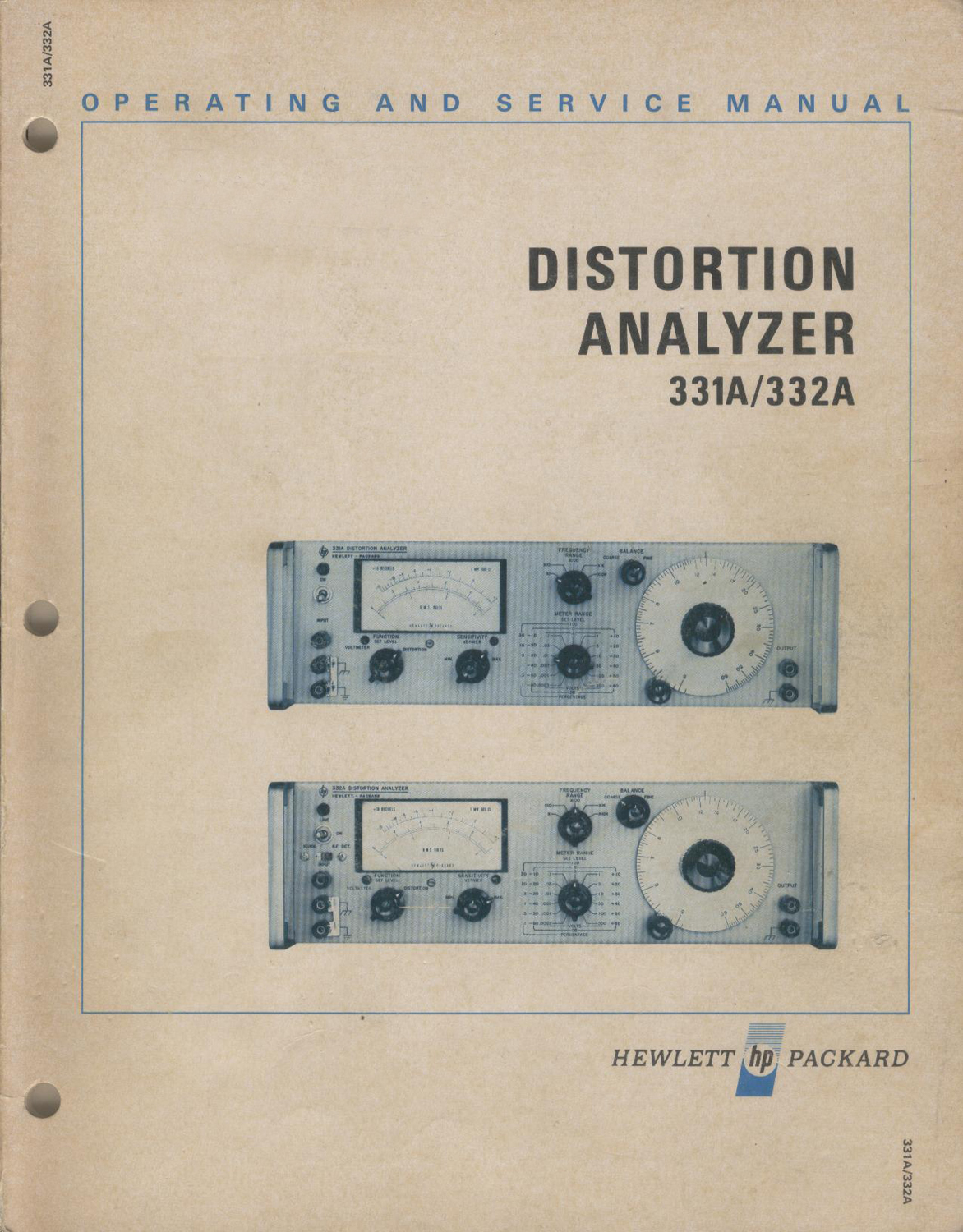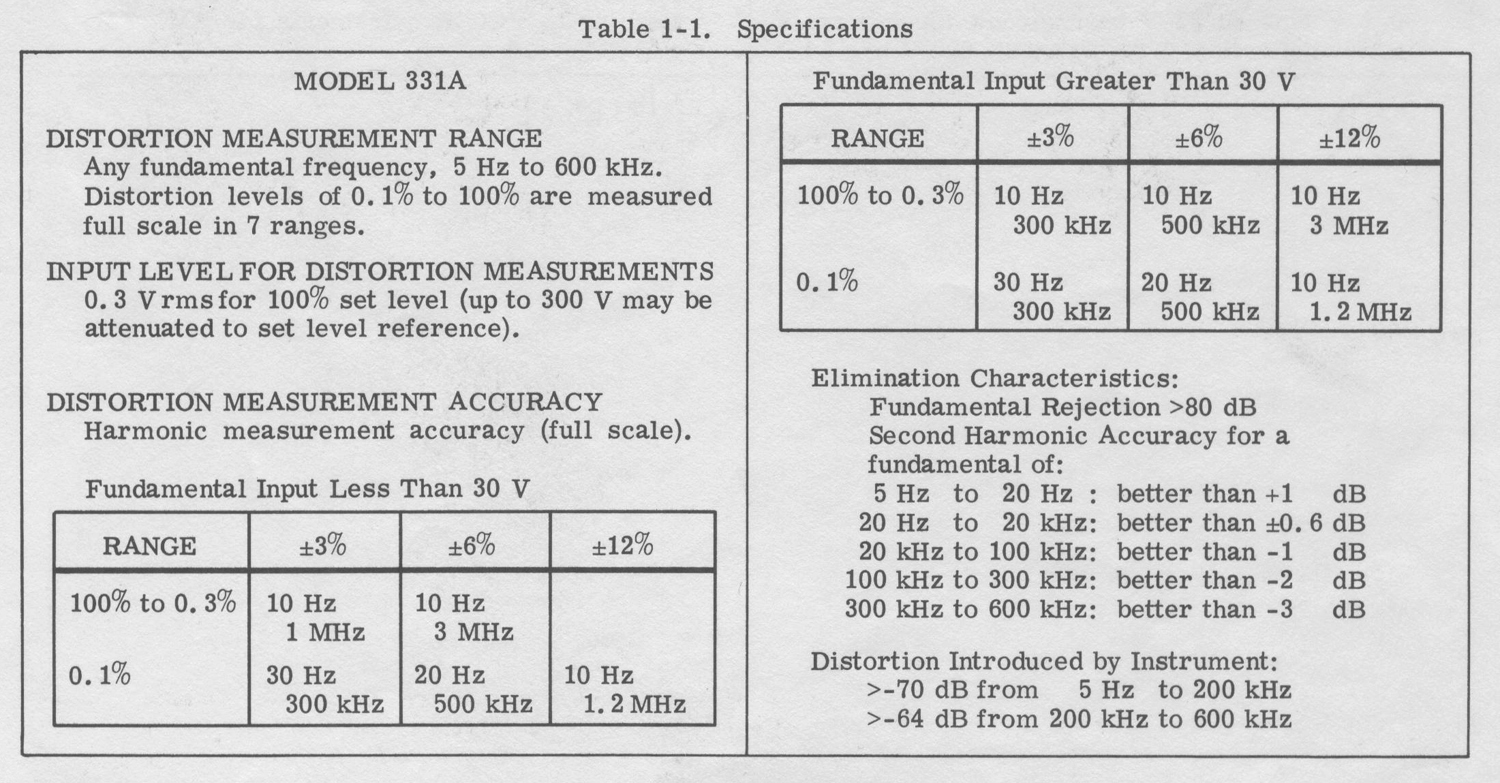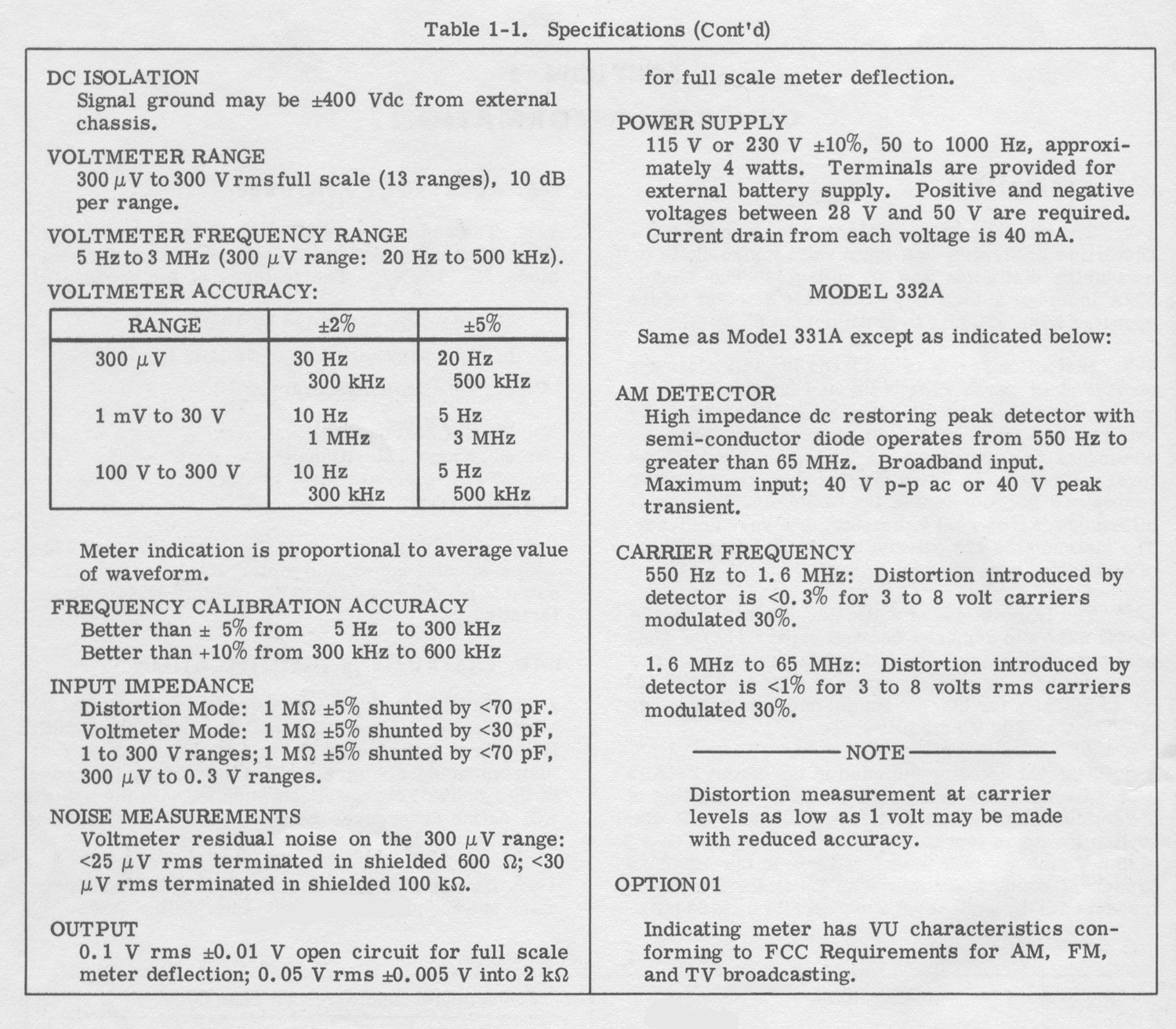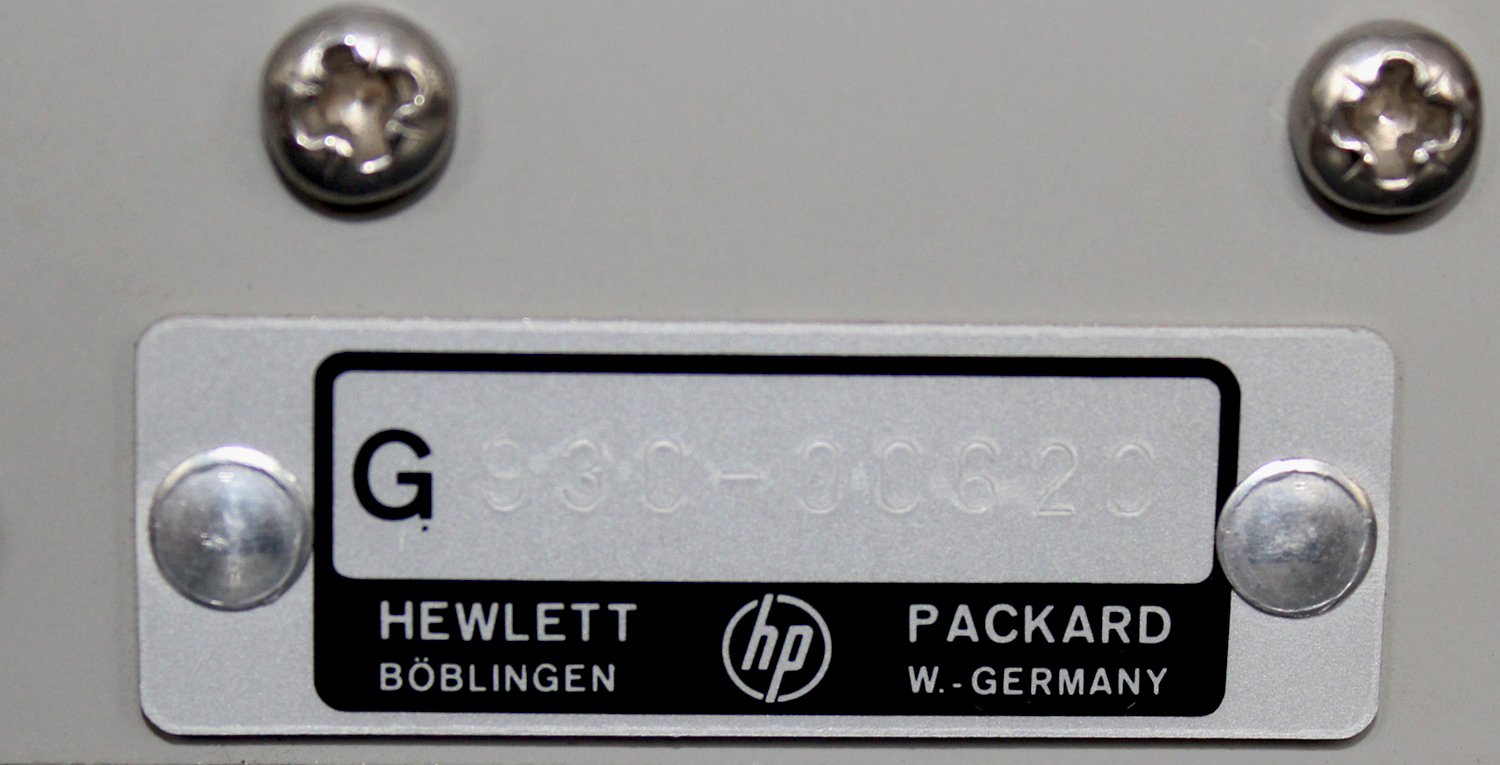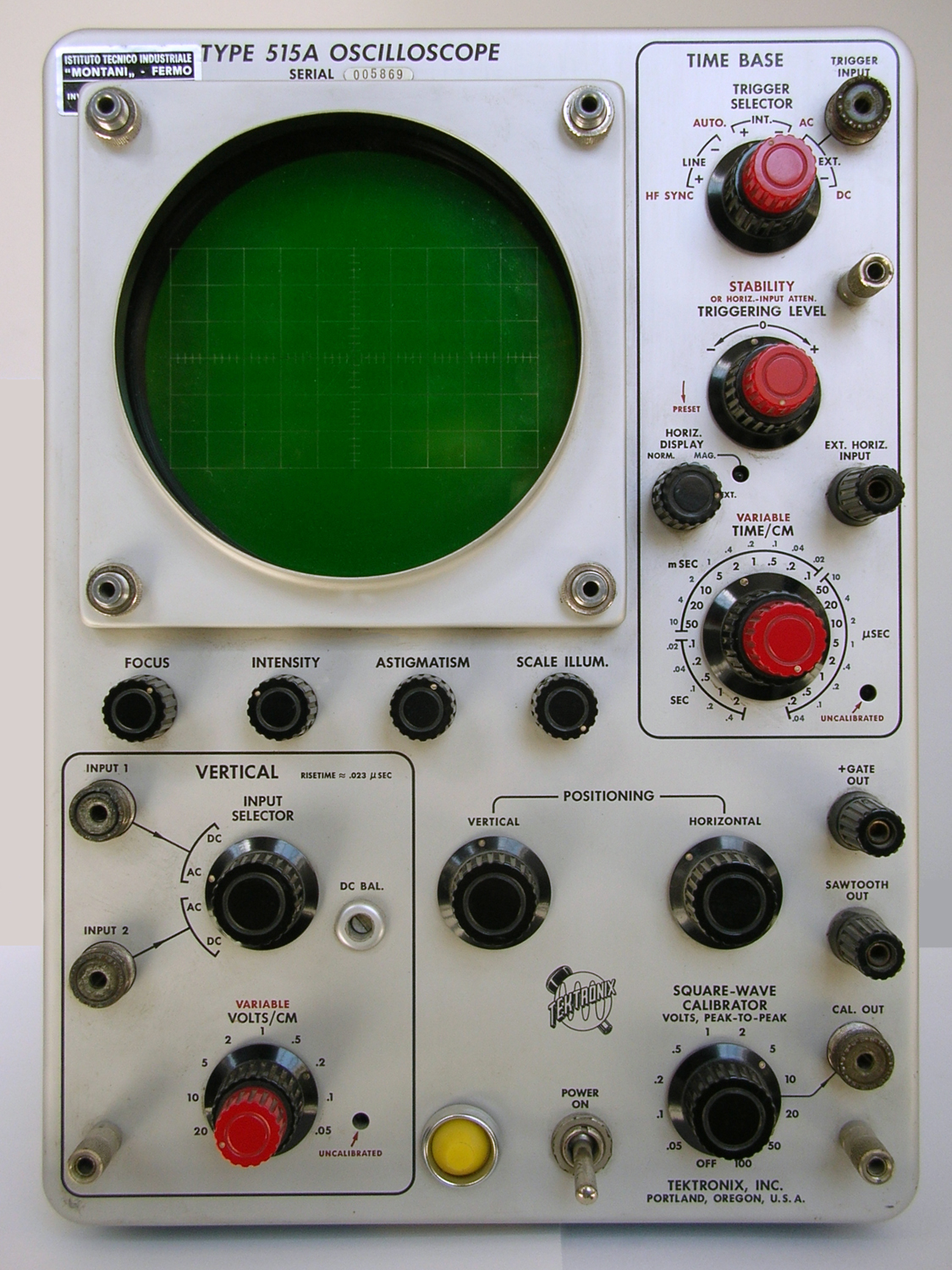
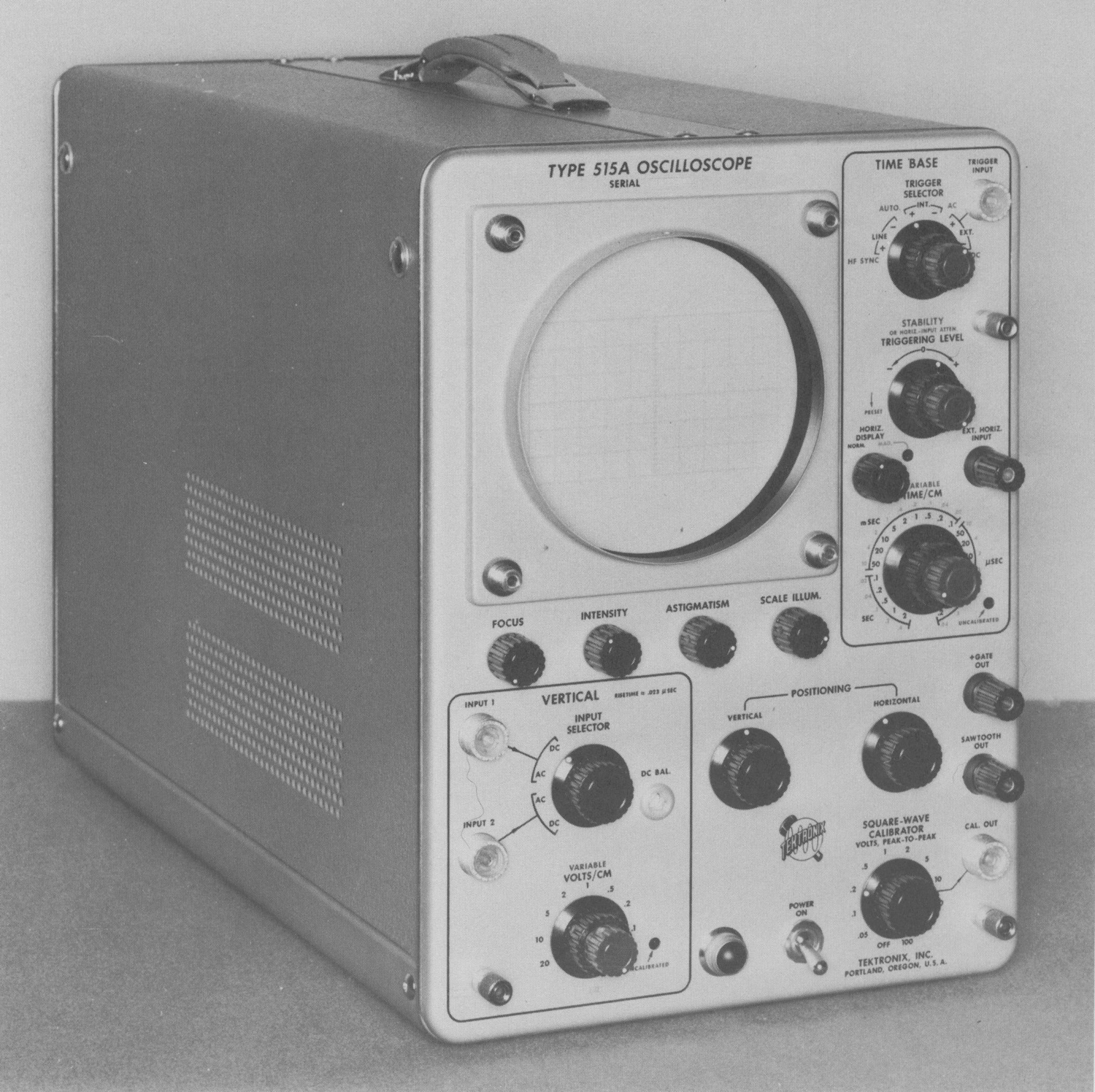 Oscilloscopio a tubo catodico Tektronix Type 515A serial 005869. Prima parte.
Oscilloscopio a tubo catodico Tektronix Type 515A serial 005869. Prima parte.
Della Tektronix, Inc. Portland, Oregon, Usa. Nell’inventario D del 1956, in data aprile 1961, al n° 1899 si legge: “Imp. Silvestar-Milano – Oscilloscopio Tektronix tipo 515A. Destinazione Elettronica. ₤ 840.000”.
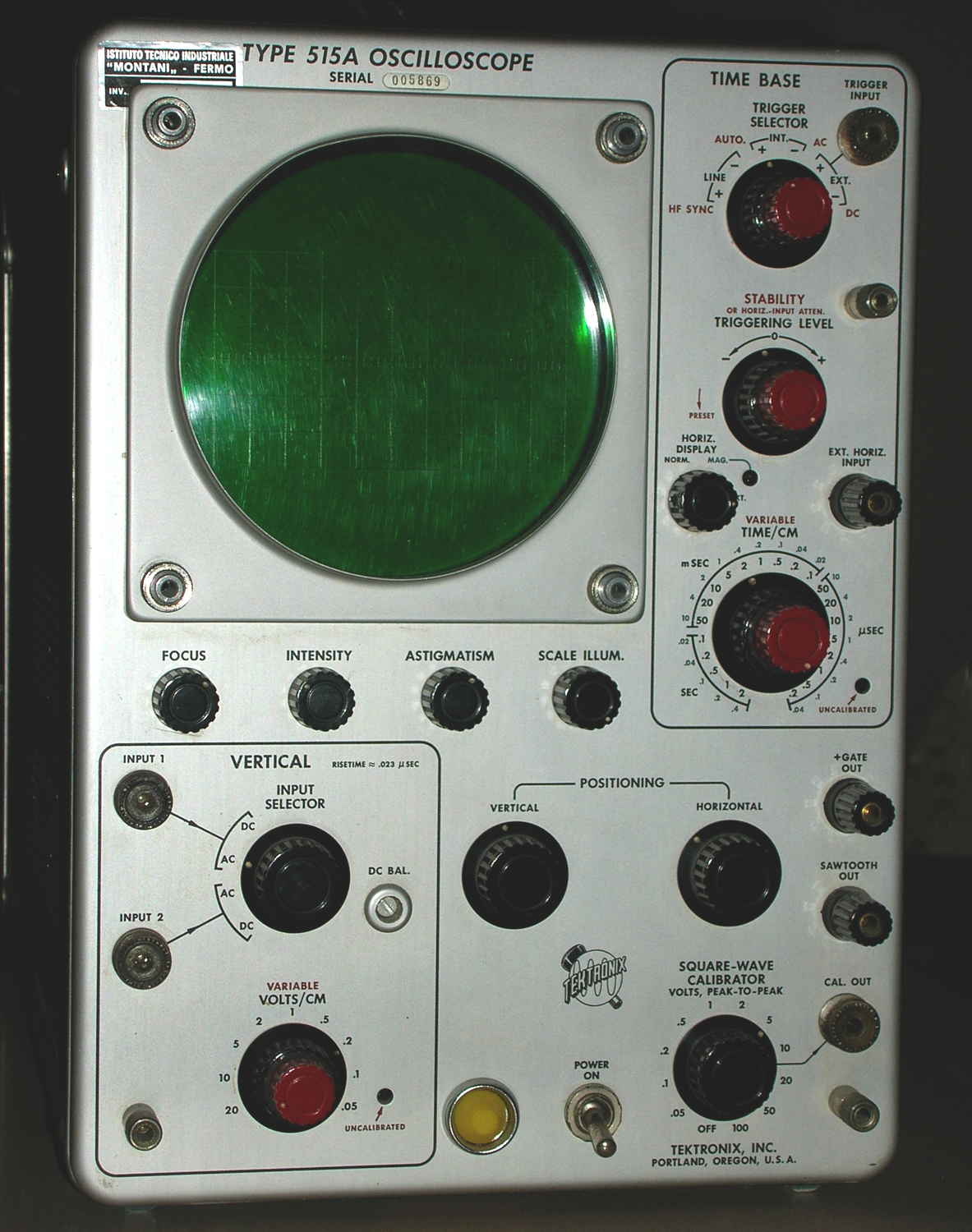
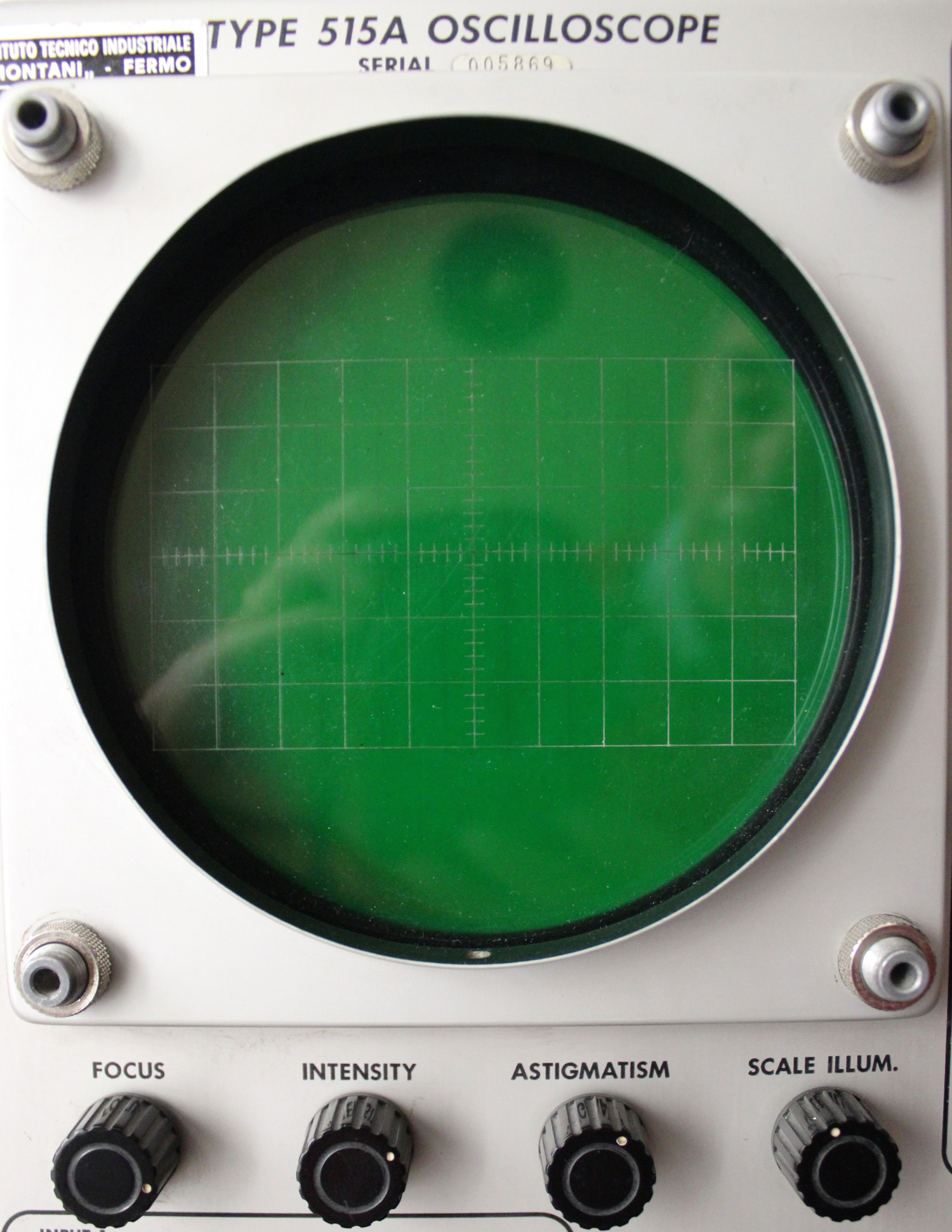
Era molto adatto didatticamente per un primo approccio all’uso degli oscilloscopi per la sua essenziale semplicità di funzioni.
Chi scrive lo ha usato nei primi anni sessanta al primo anno della Specializzazione Elettronica.
Nel 2007 è stato rimesso in funzione dall’ing. Claudio Profumieri in occasione di una mostra di strumenti antichi tenutasi presso la Facoltà di Ingegneria Informatica a Fermo.
Prima di metterlo in funzione, essendo stato per anni in disuso, bisogna assicurarsi che la ventola di raffreddamento non sia bloccata, e in questo caso molto frequente si provveda ad avviarla a mano, oliarla e, se è necessario, smontarla, pulirla ecc. . Inoltre è consigliabile alimentare l’oscilloscopio con un variac partendo da una minima tensione per poi lentamente e gradualmente aumentarla; questa precauzione è necessaria, ma a volte non sufficiente, soprattutto per i condensatori elettrolitici, specialmente quelli per alte tensioni. Infatti per rigenerarli occorrerebbe una procedura particolare.
L’oscilloscopio elettronico è uno strumento sia per uso didattico sia per la ricerca.
Con esso si possono misurare, con molta precisione, alcuni parametri di un segnale elettrico; inoltre si può visualizzare la forma d’onda sia di segnali periodici, sia di quelli soggetti a transitori.
Il cuore dello strumento è un particolare tubo a vuoto di vetro detto catodico, poiché il catodo caldo emette elettroni per effetto termico.
Un cannone elettronico provvede a focalizzare e ad accelerare gli elettroni, come avviene nei vecchi televisori CRT.
La differenza tra questi e l’oscilloscopio consiste nel meccanismo di deflessione che, non essendo magnetico ma elettrostatico, richiede una maggiore lunghezza del tubo e risulta in tale versione molto più preciso.
Gli elettroni usciti dal cannone elettronico passano attraverso due coppie successive di placchette metalliche, sottoposte ad opportune differenze di potenziale.
Le placchette sono parallele e affacciate; quelle verticali provvedono alla deflessione orizzontale che provoca sullo schermo fosforescente la “lettura” da parte degli elettroni lungo un segmento. Per rendere l’idea, somiglia al nostro modo di leggere questa stessa riga ripetutamente con la stessa rapidità. Un generatore di segnale, detto a “dente di sega”, vedi figura, provvede a rendere i tempi di lettura regolabili a nostro piacere e noti.
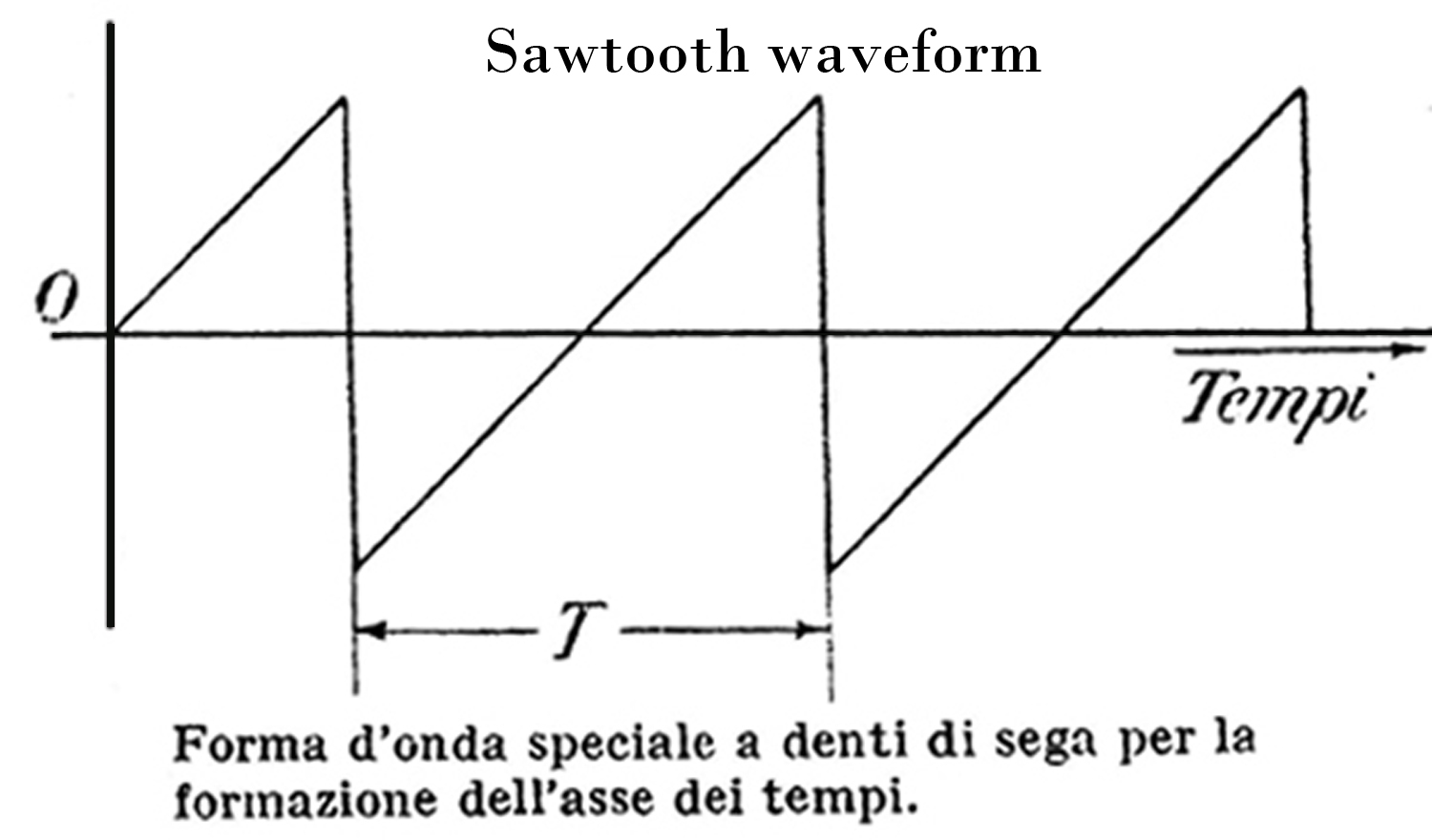
Altri dispositivi elettronici permettono di sincronizzare il segnale in esame con la frequenza di lettura in modo da congelare l’immagine sullo schermo.
Le placchette orizzontali producono la deflessione verticale e ad esse viene applicato il segnale da analizzare. La combinazione dei due effetti determina la visualizzazione della forma del segnale. Esistono numerosi tipi di oscilloscopi con dispositivi elettronici molto versatili e sofisticati che rendono questi strumenti preziosi per le misure. Gli oscilloscopi a doppia traccia visualizzano due segnali, permettendo di confrontarli. Quelli a memoria conservano l’immagine di un transitorio rapido per molto tempo permettendo anche di fotografarlo o di analizzarlo con comodità. Oscilloscopi campionatori possono visualizzare segnali di frequenze dell’ordine dei gigahertz, ecc..
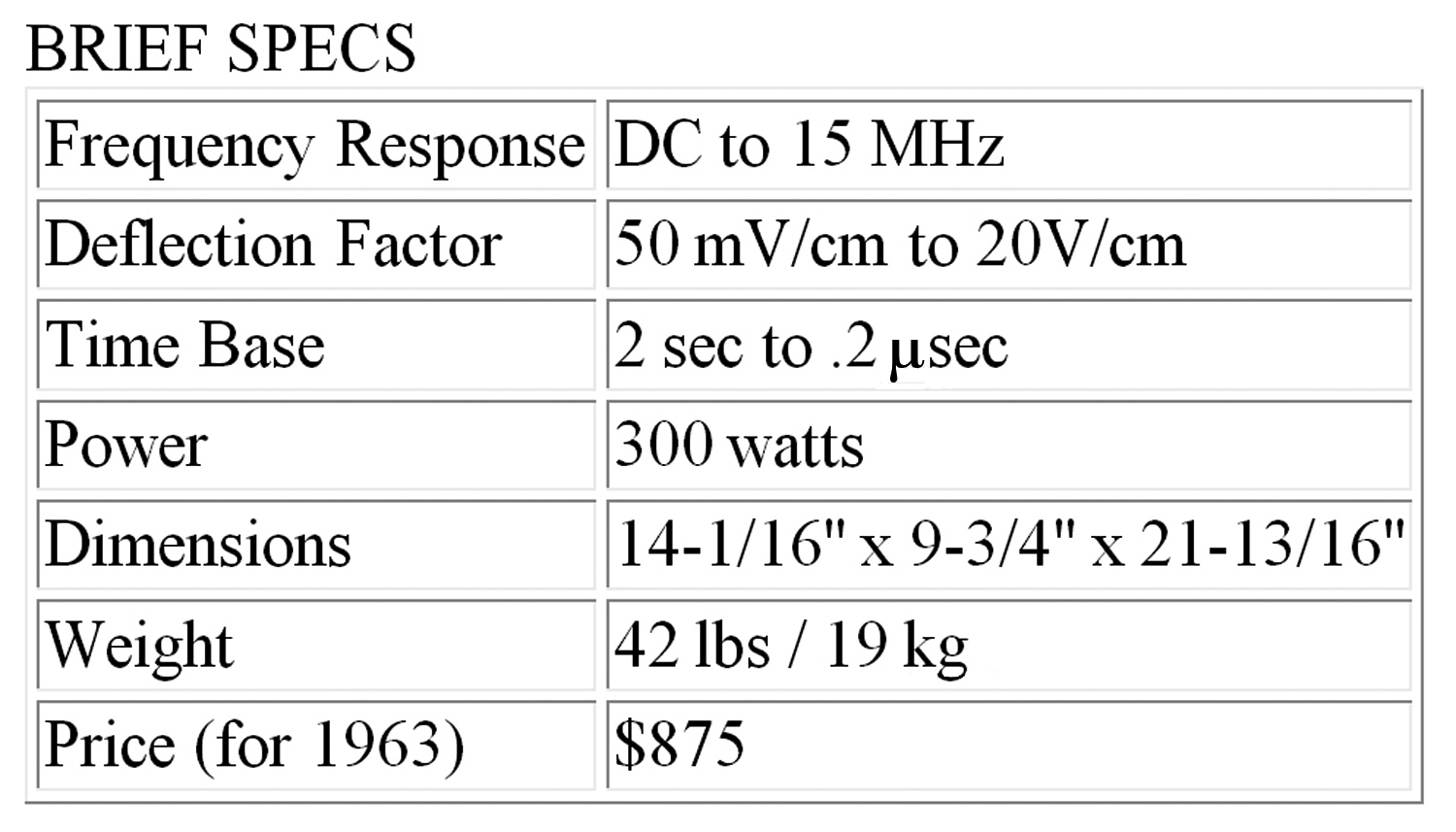
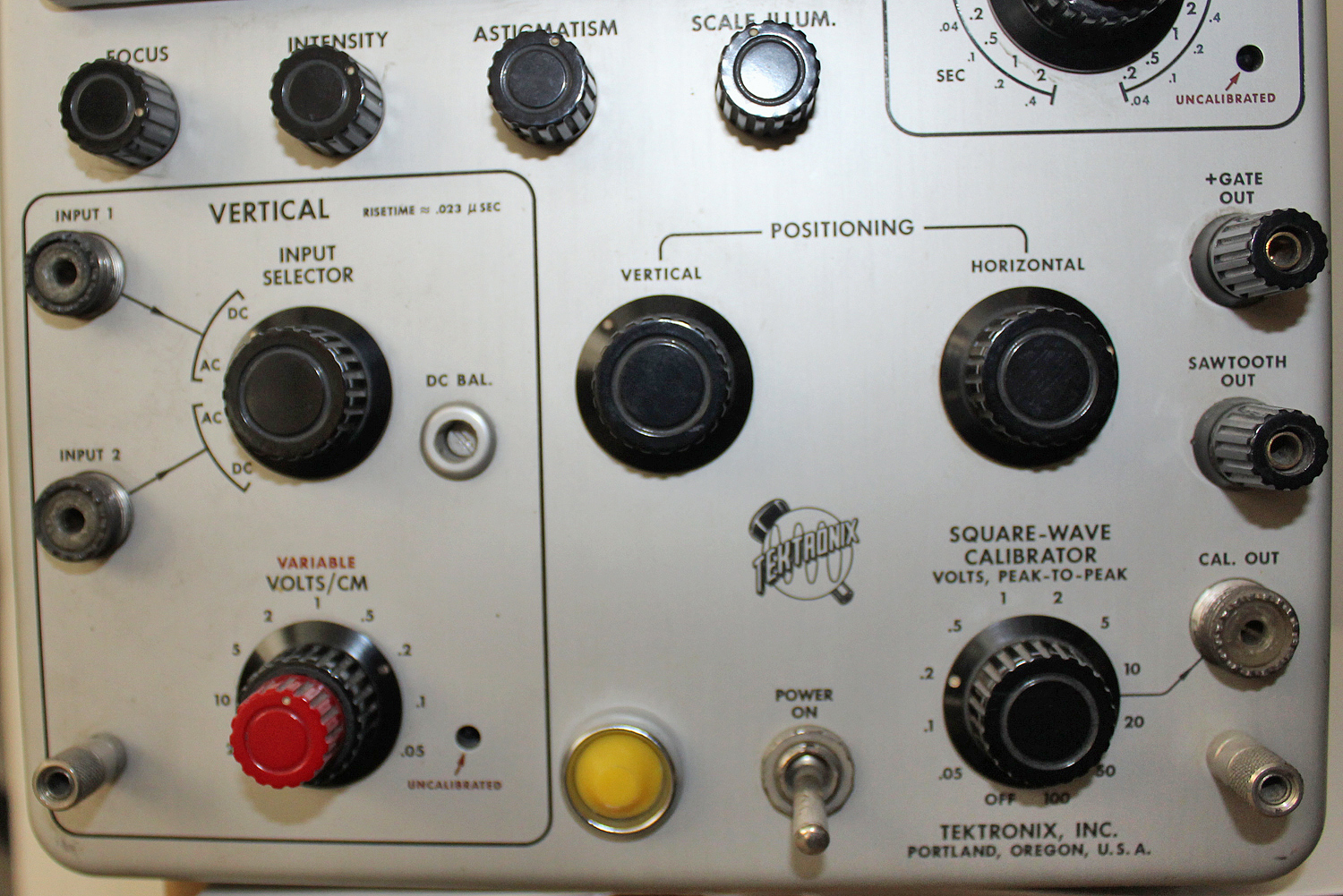
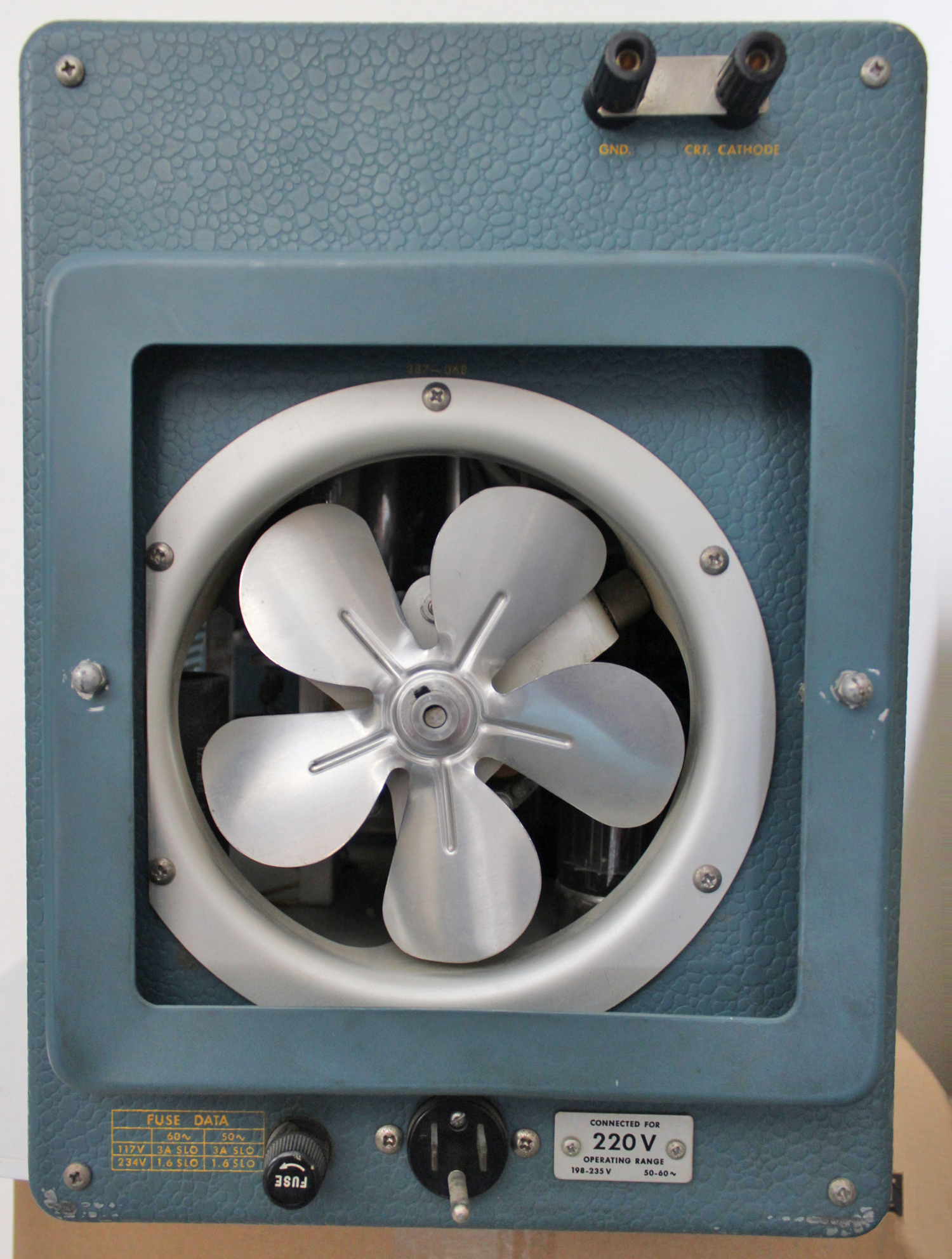

Dal manuale di istruzioni conservato presso la Sezione Elettronica, abbiamo tratto quanto segue fino alla quinta parte:
§§§
«SECTION I
SPECIFICATIONS
The Type 515/515A Oscilloscope is a compact, portable general purpose oscilloscope. The dc-coupled amplifier and wide range of sweep rates, combined with reduced size, make the Type 515/515A a versatile field or laboratory instrument.
Vertical-Deflection Syste Deflection Factor-.05 volt/cm ac or dc. (.1 volt/cm ac or dc S/N 101-1000) Frequency Response-dc to 15 mc, 2 cycles to 15 mc ac. (Down not more than 3clb at above limits.)
Rise Time-.023 microseconds.
Linear Deflection-6 cm.
Step Attenuator-Nine positions, calibrated, from .05 v/cm (.1 v/cm S/N 101-1000) to 20 v/cm, (50 v/cm S/N 101-1000) accurate within 3% when set on any one step.
Maximum Allowable Combined DC and Peak
AC Voltage Input-600 v.
Input Impedance-1 megohm, about 36 μμf; with P410 probe-10 megohm, 10.5 μμf. With P6000 probe, 10 megohm, 11.5 μμf.
Horizontal-Deflection System
Time Base Range
Twenty-two calibrated time bases from .2 psec/cm to 2 sec/cm.
Accuracy-3 per cent, except at 2 sec/cm it is 5 per cent. Continuously variable, uncalibrated between ranges and to at least 6 sec/cm.
Magnifier
Expands sweep 5 times to right and left of screen center. Extends fastest sweep rate to .04 μsec/cm.
Accuracy-4 per cent, except at .04 μsec/cm it is 5 per cent.
Unblanking—DC coupled.
Trigger Requirements Internal – AC, DC: Minimum requirement is 2 mm of deflection up to 5 mc.
AUTO: Minimum requirement is 5 mm of deflection up to 2 mc. External-AC , DC: 0 .2 volt to 20 volts.
AUTO: 1 volt to 20 volts.
Frequency Range—dc to 15 mc.
Synchronization of the Sweep is possible to 15 mc with external signal amplitudes from 0.2 volts to 20 volts.
Horizontal Input
Deflection Factor-1.4 v/cm.
Frequency Response-DC to 500 kc, 3 db down.
Other Characteristics
Cathode-Ray Tube Type T0550-31, T55P31 P1, P2, and P11 phosphors optional.
Accelerating Potential -4,000 volts.
Deflection Factor at Plates
Vertical -5 v/cm.
Horizontal -20 v/cm.
Voltage Calibrator Eleven fixed voltages from .05 volts to
100 volts, peak to peak.
Accuracy-3 per cent.
Waveform-square wave at about 1 kc.
Output Waveforms Available Positive gate of same duration as sweep, approx. 20 volts. Positive going sweep
sawtooth, approximately 150 volts.
Power Supply Electronic Regulation.
Power Requirements -105 to 125, or 210to 250 v, 50-60 cycles, 275 watts.
Mechanical Specifications
Ventilation-Filtered, forced-air ventilation.
Finish – Photo-etched, anodized panel, blue
wrinkle, perforated cabinet.
Dimensions -9 ¾” wide, 13 ½” high, 21 ½”
deep.
Weight -40 pounds.
Accessories lncluded
1-P6006 probe, 010- 127
2-BNC to Binding Post Adapter, 103-033.
1-F510-5 green filter, 378-514.
2-Instruction manuals.
1-3 to 2-wire adapter, 103-013.
1-3-conductor power cord, 161-010.»
§§§
Il testo prosegue nella seconda parte.
Per consultare le altre parti dedicate a questo oscilloscopio scrivere: “515A” su Cerca.
Foto di Claudio Profumieri, elaborazioni, ricerche e testo a cura di Fabio Panfili.
Per ingrandire le immagini cliccare su di esse col tasto destro del mouse e scegliere tra le opzioni.
